|
There are places in Singapore not many are aware of which has a good showcase of artworks – and I am not talking about galleries or museums, but your very own housing estates. For people who live in HDB would think that their public housing block look rather dull and lifeless. Standard practice on some buildings is to leave the first floor open, except for the structural elements. This area is called the "void deck". In a void deck in MacPherson, you’ll find that the walls are painted in Dutch artist Vincent Van Gogh’s signature yellow and blue, with reproductions of his famous artworks such as Sunflowers and Starry Night. Arts charity group Social Creatives calls it a “void deck art gallery”, said to be the first of its kind here. You do not need to buy an air ticket to fly to Amsterdam to visit the Van Gogh Musuem to find artistic inspiration. Instead, take a stroll through one of Singapore’s heartlands at Macpherson HDB estates, to enjoy the colourful art gallery without visiting to any museum. It's so nice to see art and colour on what would otherwise have been ordinary plain walls. It's also a nice way to educate the public about art and show them some of the masterpieces of the great painters like Van Gogh. At the void deck at Blk 56 Pipit Road, you’ll come face-to-face with a reproduction of Van Gogh’s masterpiece, Starry Night. People throughout the world recognise Van Gogh - the man with the red beard and intense expression. He is one of the most famous artists in the world. And yet, he was never successful during his lifetime. The Dutch painter, who had a unique understanding of colour, movement, and style, was also mired with poverty and mental illness which pushed him to commit suicide at the age of 37. Following his untimely death, he became and still remains the most influential post-impressionism painter the world has ever seen. Many artists have drawn inspiration from Van Gogh's self-portraits. They have been reproduced an infinite number of times since the early 20th century. You can able to enjoy Vincent Van Gogh work pieces like Starry Night, The Red Vineyard, The Noon Rest and more. Although best known for his feverishly colored landscapes, Van Gogh preferred to paint people. Paying for models was a challenge to the impoverished painter, as he would constantly complain in letters to his only lifelong friend, his brother Theo. One painting featuring not just one but two people is “The Siesta”, a large oil painting based on Jean-Francois Millet’s “La Sieste.” Van Gogh copied the Millet painting because of his lack of money for models while he was a patient at an asylum in France. Van Gogh did not formally name the painting, so it is listed in art books and art websites under different names such as “Noon: Rest From Work” and “Noon Rest.” The actual painting now resides at the Musee d’Orsay in Paris. Considered worthless when it was first painted, it is now priceless. Van Gogh painted his famous Self-portrait with Bandaged Ear in 1889. In this work, he portrayed himself as being both vulnerable and strong. Things were difficult, yet he continued to paint. A portrait says more than you may initially think. Is it about a good resemblance, expressing the inner self or rather about defining an image? Like people nowadays carefully think about how they present themselves, for example when taking seflies, so did the 19th century painters. What do we show of ourselves? What not? Such considerations are of all times. While in Arles, Van Gogh made this painting of his bedroom, which he had fitted out with simple wooden furniture and his own art on the walls. By use of strong, contrasting colours, Van Gogh sought to express particular emotions: here the pale purple of the tiles, the yellow of the furniture and the light violet of the walls are intended to evoke the rest or sleep that he experienced in his bedroom. This painting is also referred to as The Red Vineyard at Arles (located in the South of France). On the top right is the sun in a yellow sky. The sunlight affects the landscape, starting with the gold-colored river on the right side. The sun makes the vine leaves in the bottom half of the painting look red. A large number of people, mainly dressed in blue, is working in the vineyard. The workers in the background are depicted as blank silhouettes. The field workers are picking vines during fall. They naturally blend in with the vineyard. On the top left is a series of blue and green trees and in the middle background is a house. Van Gogh used several diagonal lines in his composition and most viewers naturally start looking at the sun when viewing the painting. The viewers’ eyes then move down along the diagonal black line on the left of the river in the direction of the bottom left of the painting. Van Gogh used powerful colour combinations in this painting: the blue sky contrasts with the yellow-orange wheat, while the red of the path is intensified by the green bands of grass.Wheatfield with Crows is one of Van Gogh's most famous paintings. It is often claimed that this was his very last work. The menacing sky, the crows and the dead-end path are said to refer to the end of his life approaching. But that is just a persistent myth. There are pieces of artwork drifting through galleries around the world that have become nearly synonymous with the artists name and techniques. The various paintings of Sunflowers and van Gogh are a perfect example of this. Not only can one make a mental connection between the artists name and painting but also between the artist and their influence on the development of art through these paintings. Vincent van Gogh's Sunflower paintings have been duplicated many times by various artists (although never reaching the vivacity and intensity of Van Gogh's) and displayed everywhere; from households to art expos. There are many pieces within this series of paintings (each is clearly identifiable as a Van Gogh work) in which there are only minor differences that separate them. The overall layout of the painting along with positioning of the actual sunflowers usually remains the same in the similar paintings. Although Van Gogh's sunflower paintings are very similar in many aspects, each stands out as its own unique work of art. Van Gogh began painting sunflowers after he left Holland for France in pursuit of creating an artistic community Social Creatives aims to promote community art – painting for and with the community. Set up in 2008, it has about 70 artists, including full-time ones and volunteers. It works with grassroots leaders, residents, students and volunteers to decide on the themes of the murals and to paint them. Another Van Gogh masterpiece, Starry Night, is reproduced as a wall mural in Pipit Road. Starry Night is one of the most recognized pieces of art in the world. It is absolutely everywhere, too. It can be seen on coffee, mugs, t-shirts, towels, magnets, etc. Honestly, it sometimes feels as if the painting’s fame has exceeded that of its creator. It is a magnificent piece of art. That Starry Night resonates with so many people is a testament to how its beauty is timeless and universal. Divide the painting into three parts. The sky is the divine. It is by far the most dreamlike, unreal part of the painting, beyond human comprehension and just out of reach. Go down one level to the cypress, the hills, and the other trees on the ground. They bend and swirl, still soft angles that match the soft swirls of the sky. The last part is the village. The straight lines and sharp angles divide it from the rest of the painting, seemingly separating it from the “heavens” of the sky. However, note the dots of trees rolled through the village, how the spire of the church stretches up to the sky. One of the biggest points of interest about this painting is that it came entirely from Van Gogh’s imagination. None of the scenery matches the area surrounding Saint-Paul or the view from his window. As a man who religiously paints what he sees, it’s a remarkable break from Van Gogh’s normal work. Like many artists of his time Van Gogh was influenced by the Japanese works. The use of black contours in Irises is a typical element of Japanese woodblock prints. It helped to reinforce the expressive power of the painting. There are no known drawings of this piece, probably because Van Gogh did not consider it a masterpiece but simply a study. Irises is on the list of the most expensive paintings ever sold, selling for 54 million dollars in 1987. Currently, the actual Irises is on display at The Getty Center in Los Angeles, California. The Church at Auvers is Van Gogh’s only painting of the church in its entirety. He seemed to portray it as a place of doom and gloom with dark windows reflecting the dark sky and not radiating any light from within. The shaky church even seems to sit in its own shadow. The artists had also created some paintings of their own at the other side of the same block (Blk 56 Pipit Road), taking inspiration from Van Gogh's style and works. Its façade bore an adaptation of Van Gogh’s famous ‘Starry Night Over the Rhone’. Playfully dubbed ‘Starry Night Over Macpherson’, it features far more tall buildings on the riverside compared to Van Gogh’s original, while staying true to the overall style and feel. Blk 56 Pipit Road is a very long slab building. Perhaps that is one of the reasons why Social Creatives had initially decided to do the Van Gogh art gallery in this block, among many others in MacPherson estate. This is the other side of the block, with paintings inspired by the Wheat Field with Crows, Blossoming Almond Tree and Sunflowers series. The painted murals in the void deck are done in the post-impressionist style, in homage to Vincent Van Gogh, with Blk 56 indeed as the epicentre. I also found some other wall murals in other blocks after admiring the Van Gogh void deck art gallery. The art had in fact, spread all the way to Blk 72 Pipit Road. While strolling along Circuit Road after i left the Van Gogh void deck art gallery, i chanced upon another interesting wall mural very nearby at Blk 80 Circuit Road Market & Food Centre, illustrated by another local art community group, Band of Doodles. The mural embodies the rich culture and icons which makes MacPherson a memorable place to live, work and play. Multiple stories of MacPherson have been weaved into this multi-storey artwork. From the iconic tallest blocks to the old bus terminals, and not forgetting the ever-present array of scrumptious food, MacPherson is truly immersed with vibrant history and culture. Van Gogh's innate ability to see and feel everything and express a myriad emotions is one of the gifts he gave humanity. His paintings are full of movement. What people love about Van Gogh’s paintings is that all the brush marks are visible and you can see how they are painted. When you are drawing one blade of grass you are looking and then you see more. And then you see the other blades of grass and you are always seeing more. Well, that’s exciting to me and i suppose it was exciting to Van Gogh too. I mean, he saw very clearly.
The Vincent Van Gogh and Van Gogh Inspired Void Deck Art are located at: Block 56 Pipit Rd, Singapore 370056 (It's only about a 5-7 minute walk from MacPherson MRT Station).
2 Comments
Zhou Siling
27/12/2020 03:39:53 am
Hey Jennifer!
Reply
Leave a Reply. |
Author
|

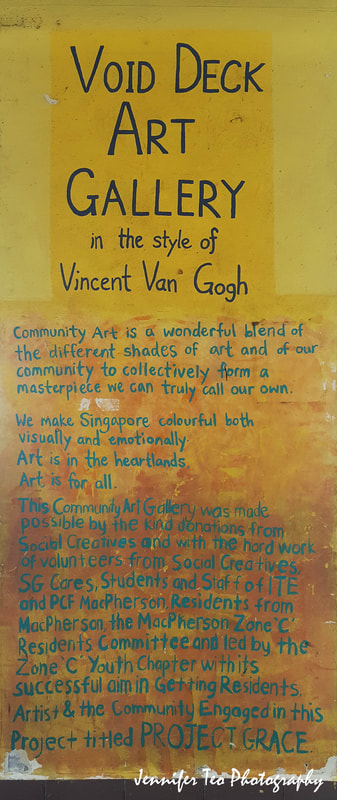
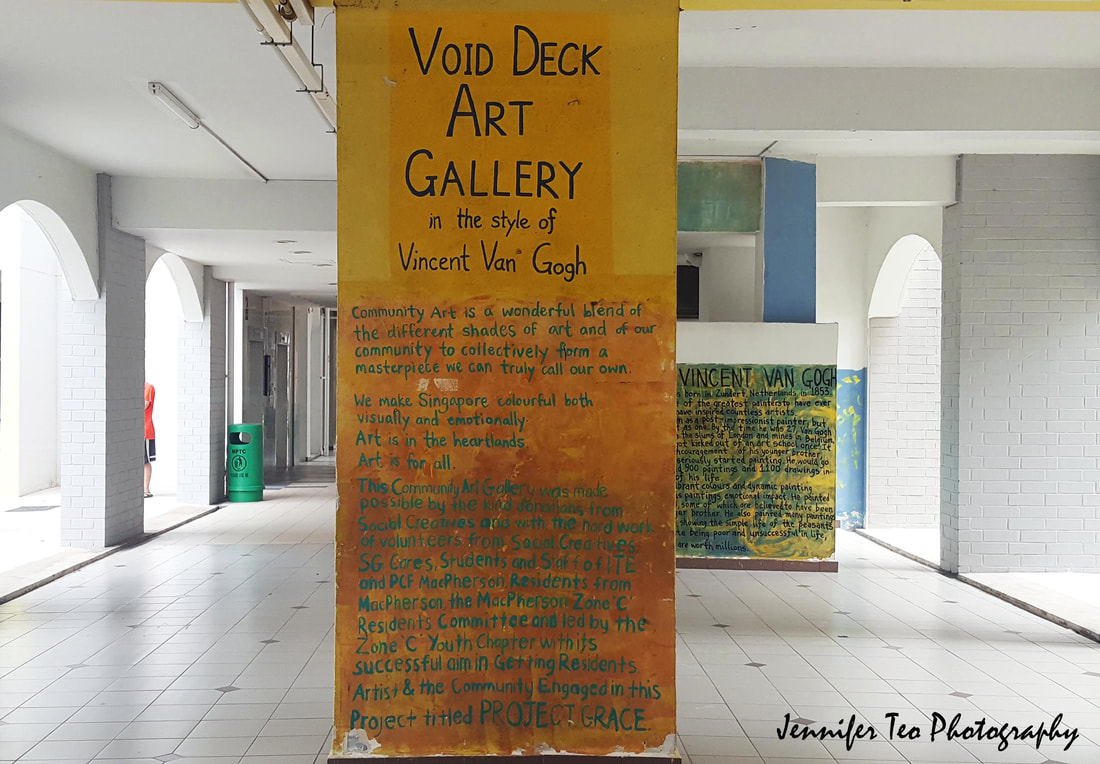
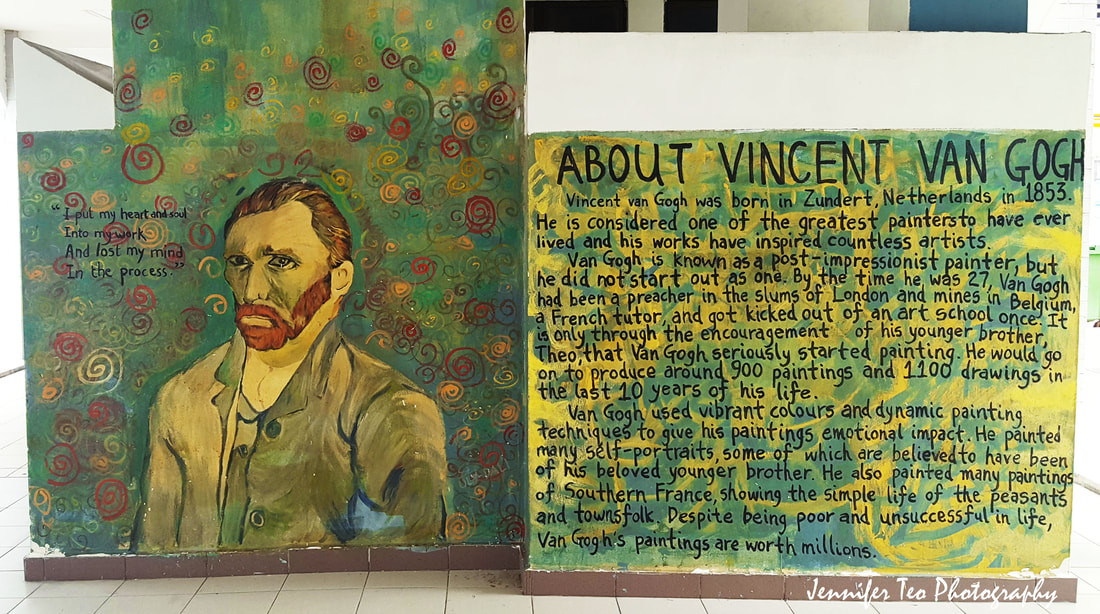
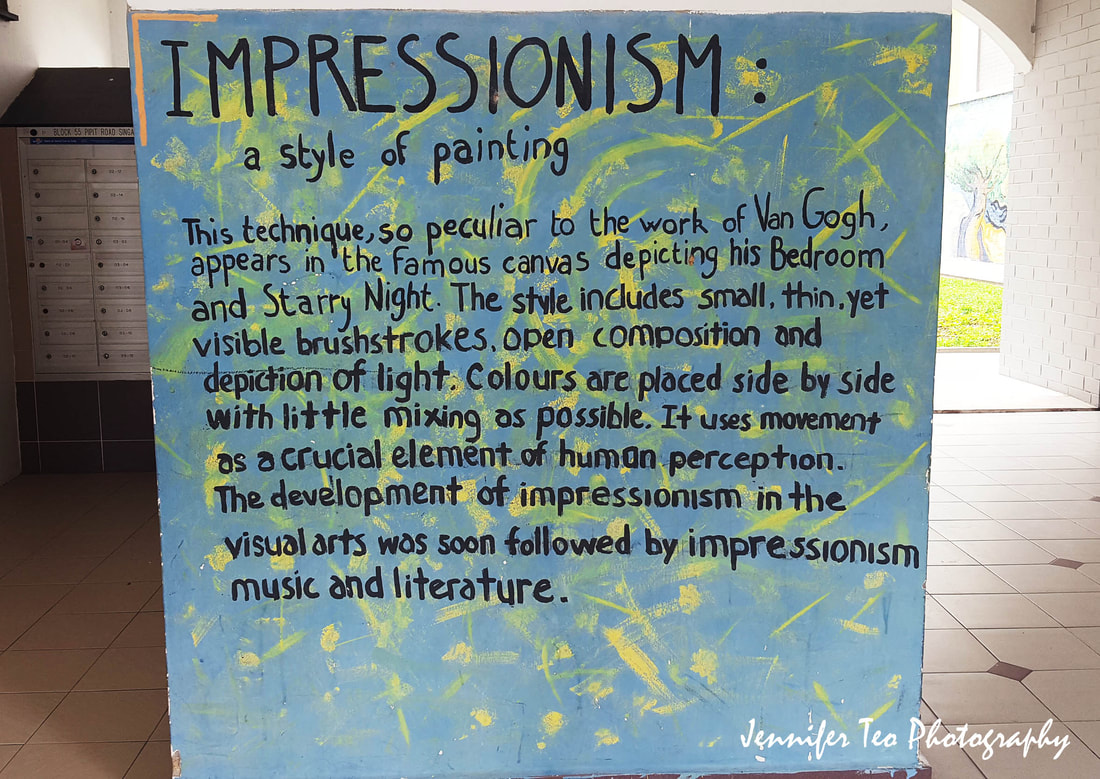
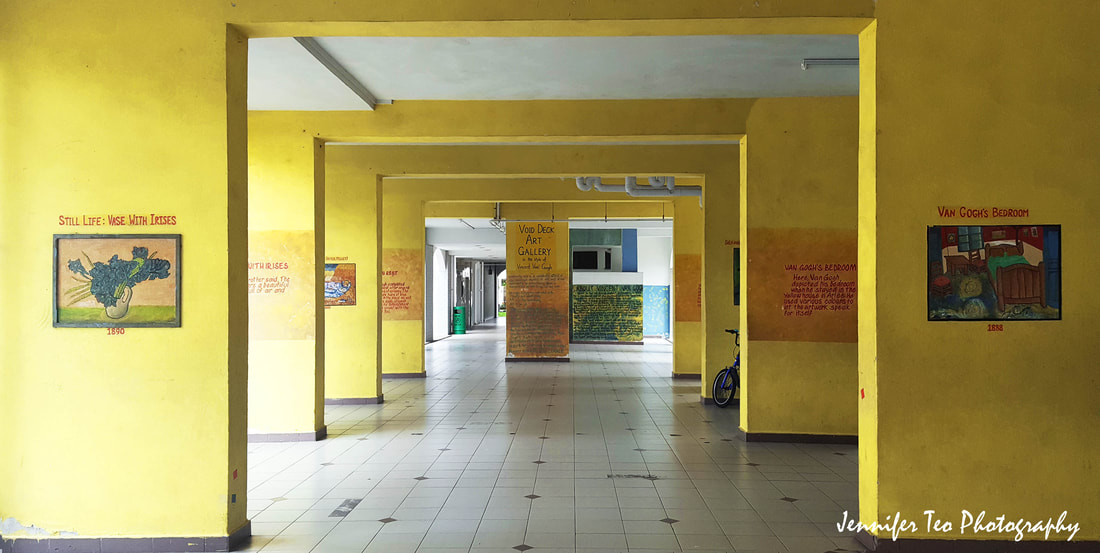
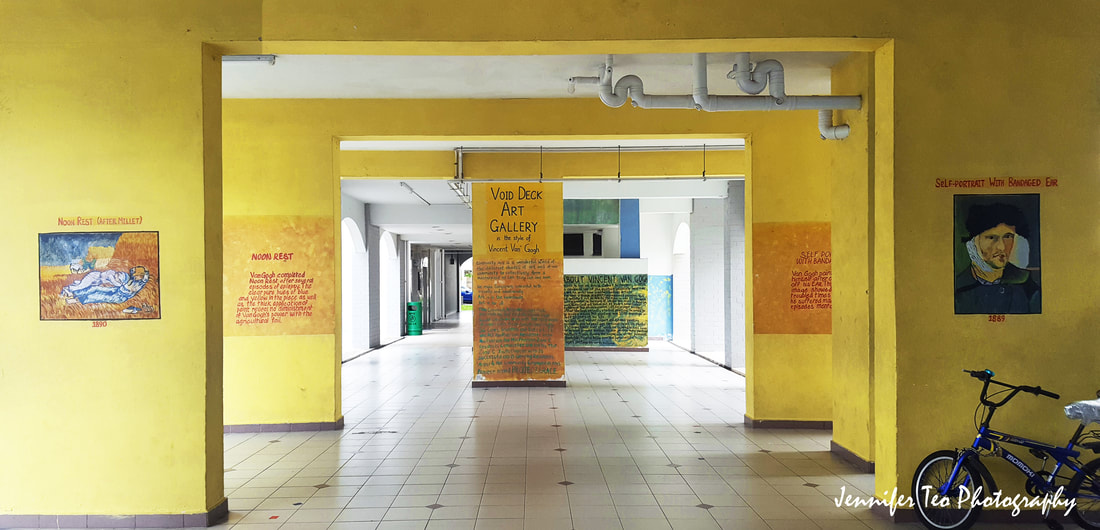
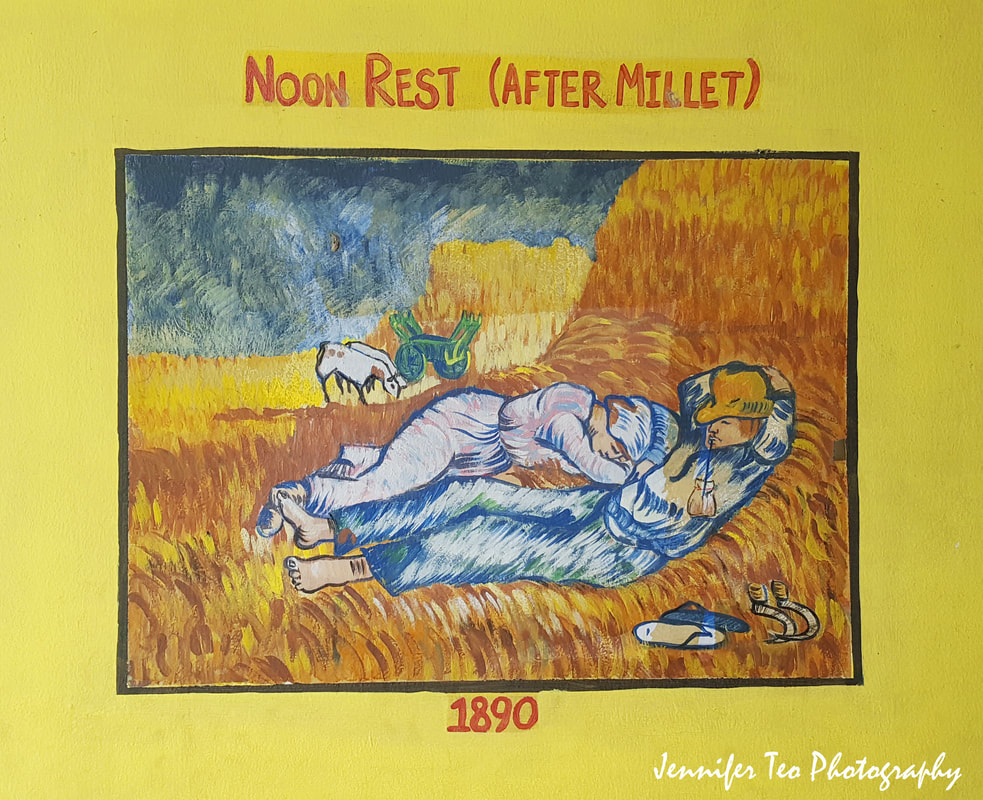
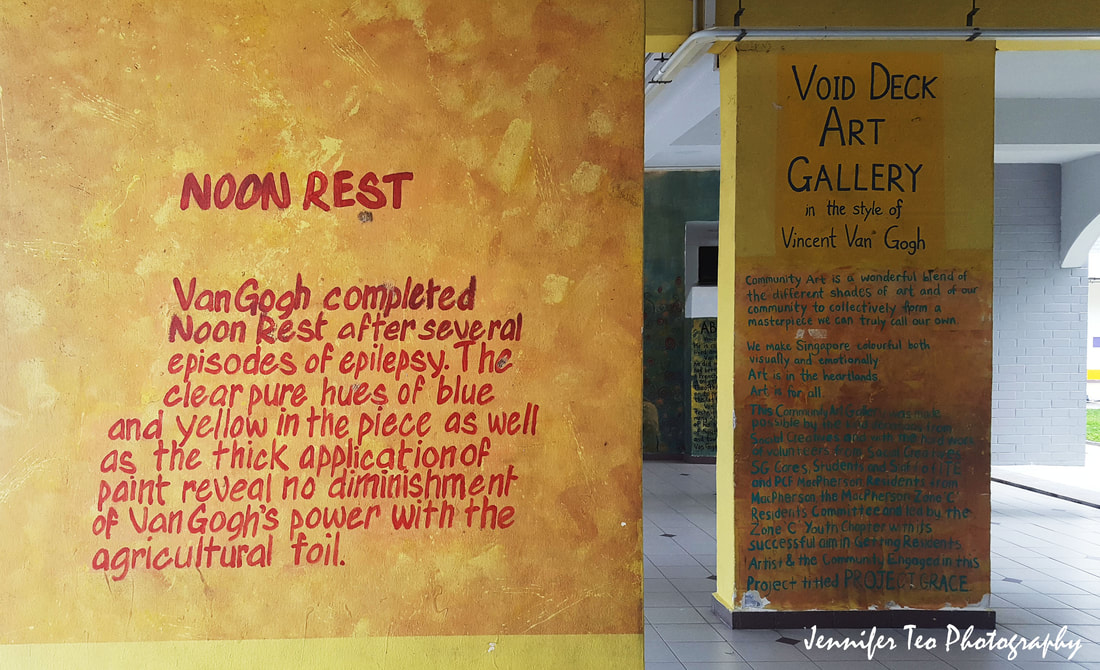
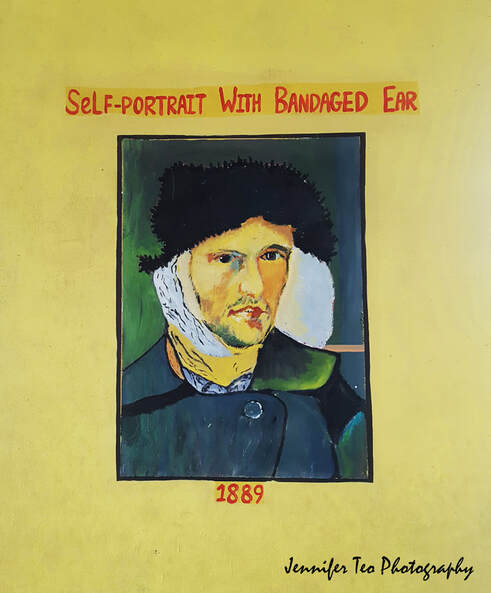

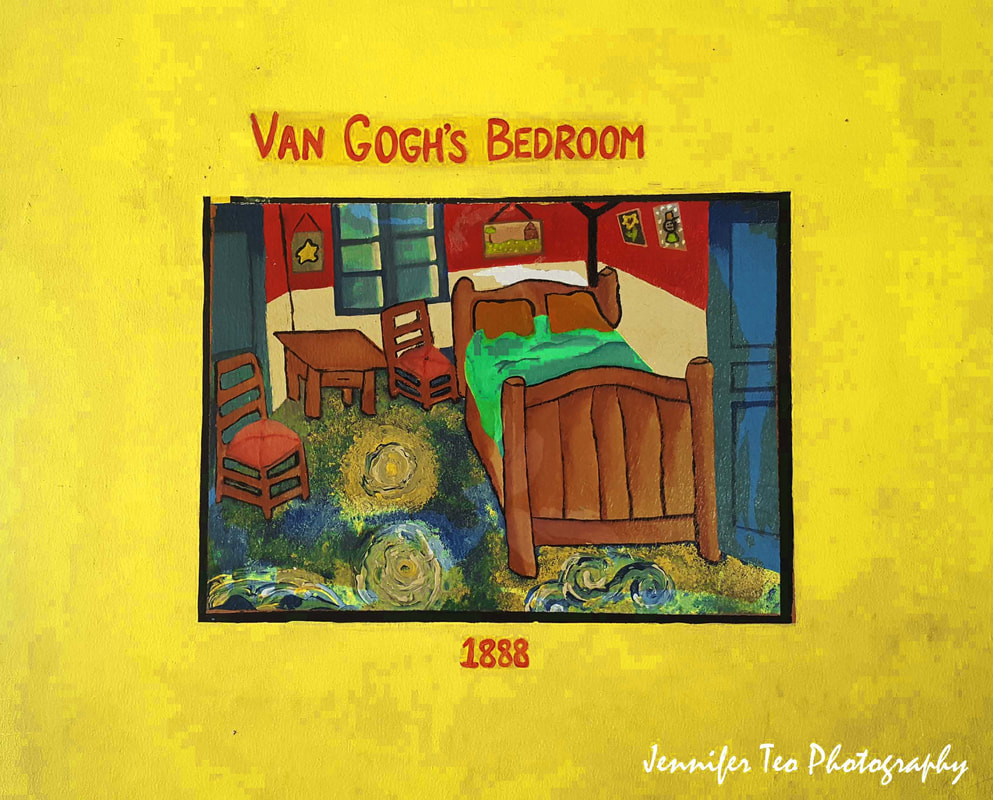
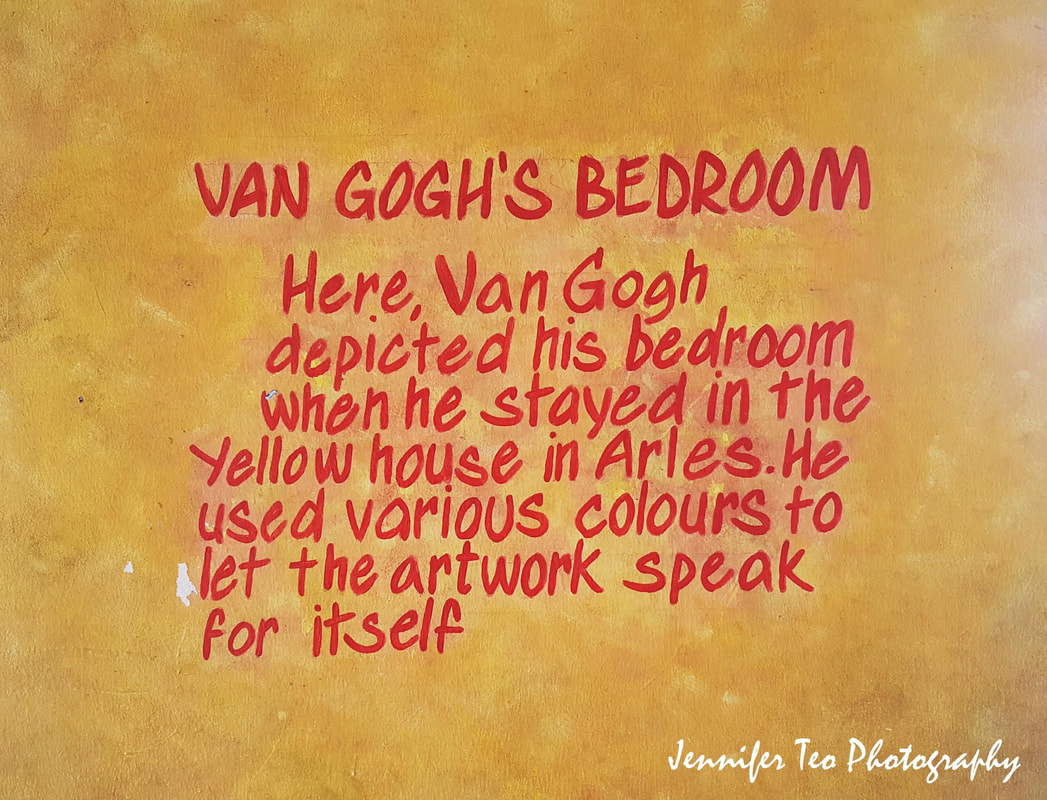
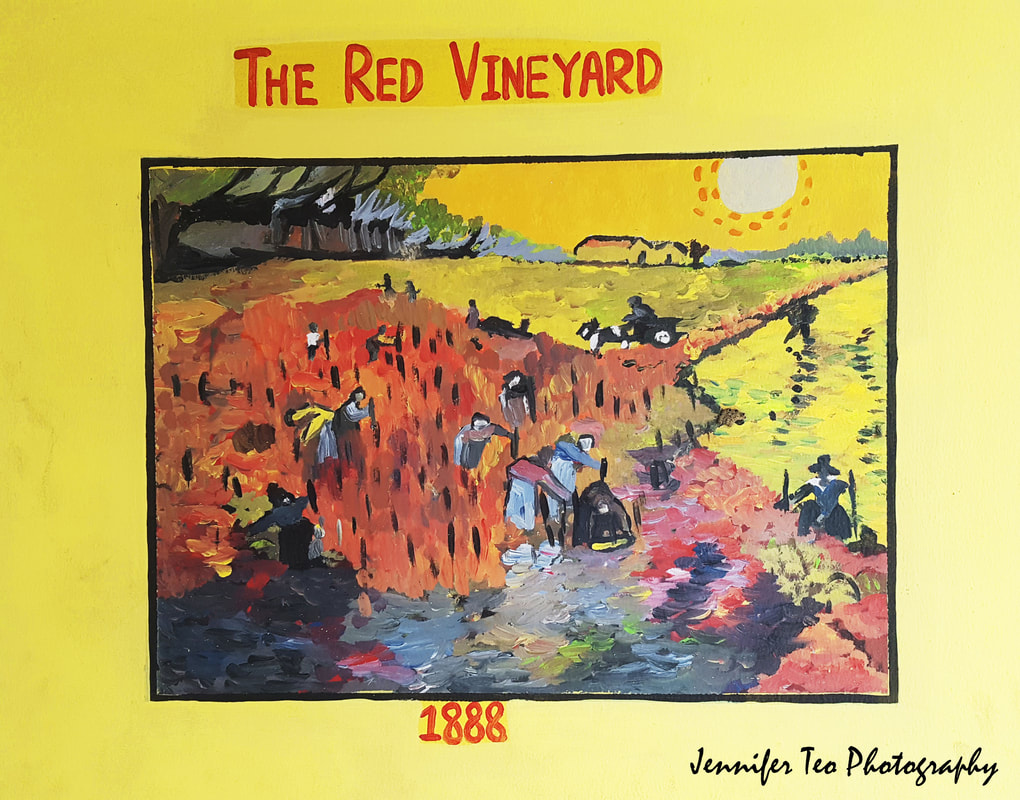
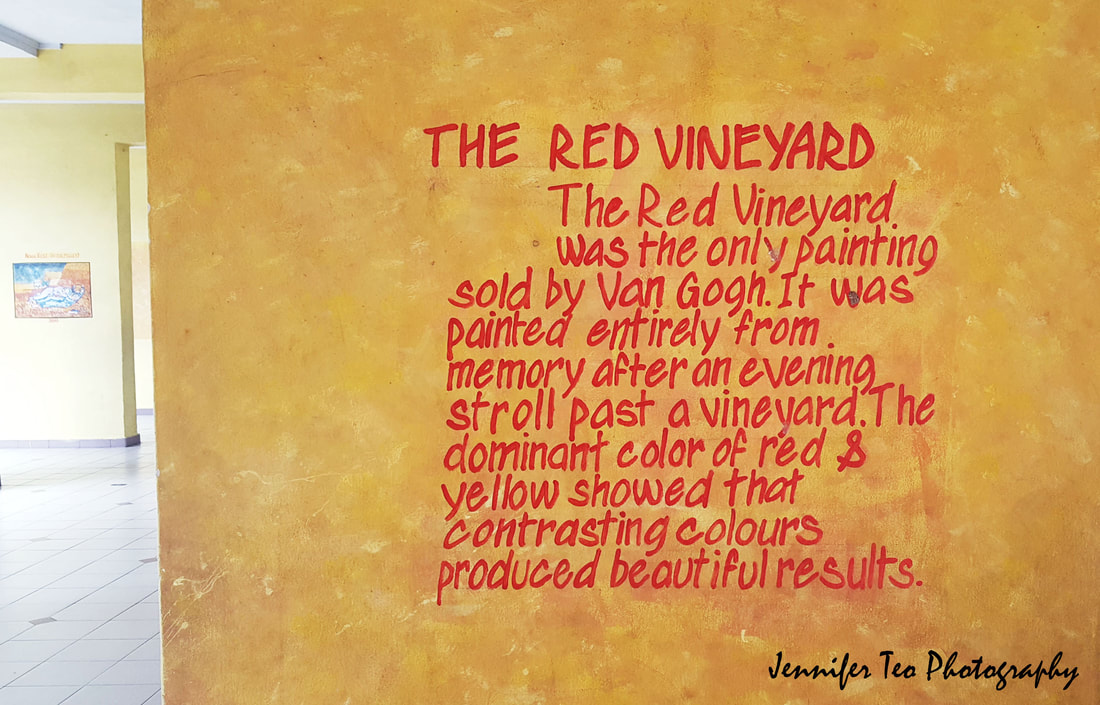
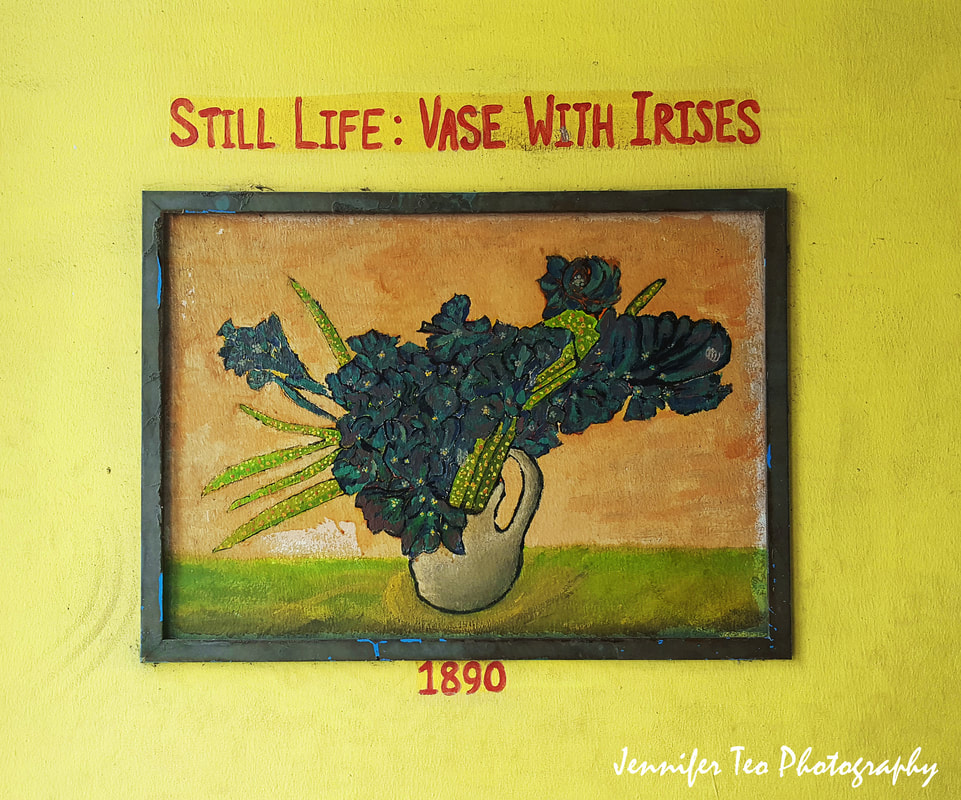
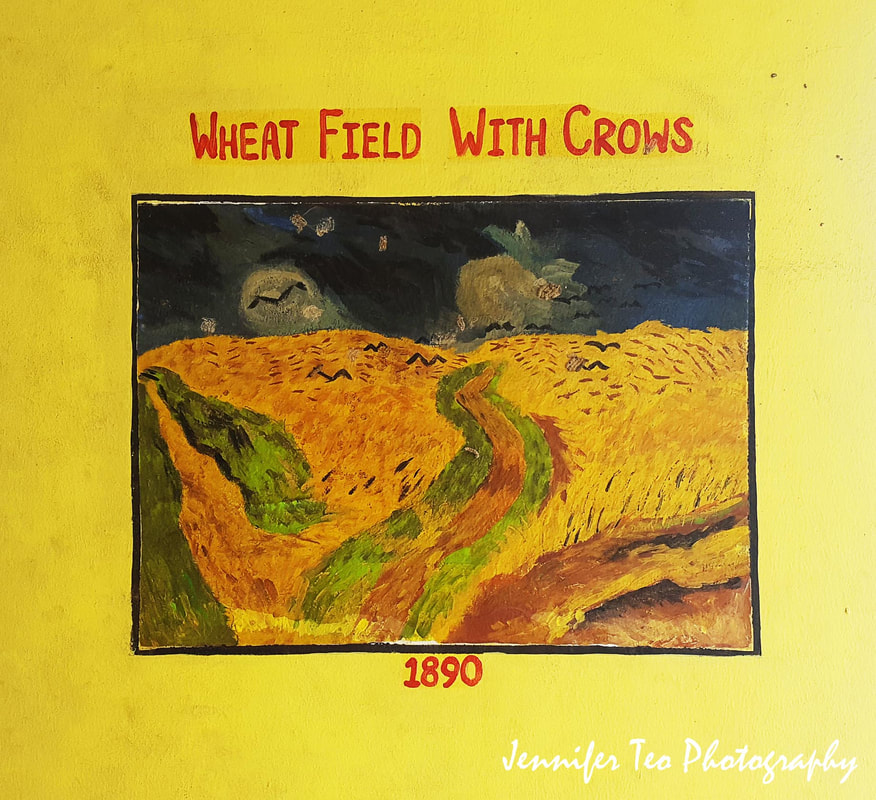
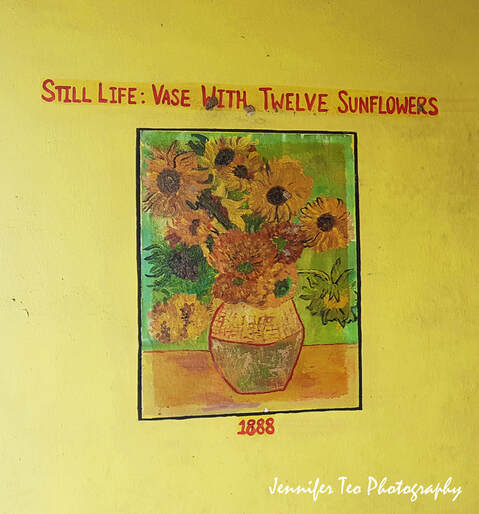
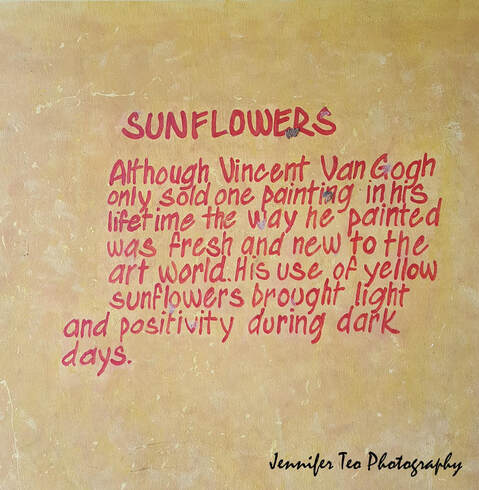
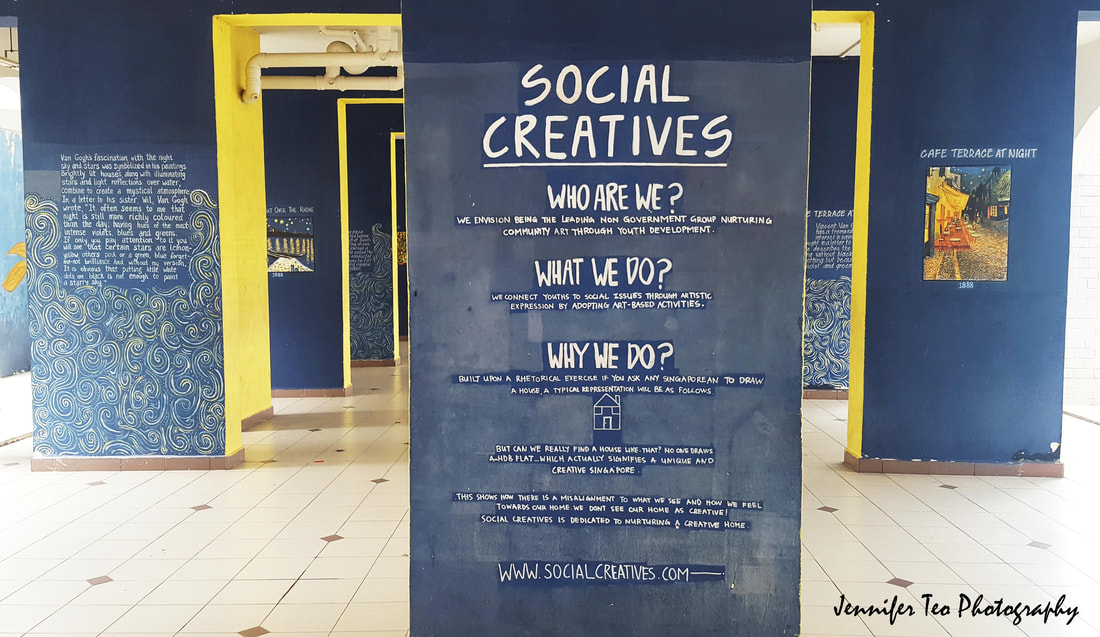
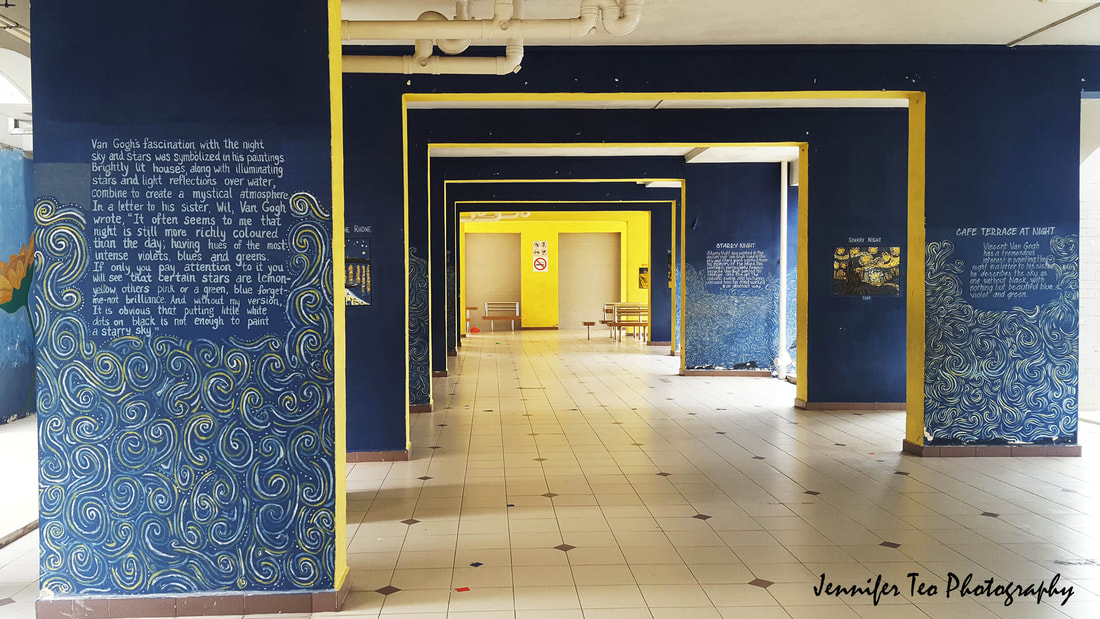
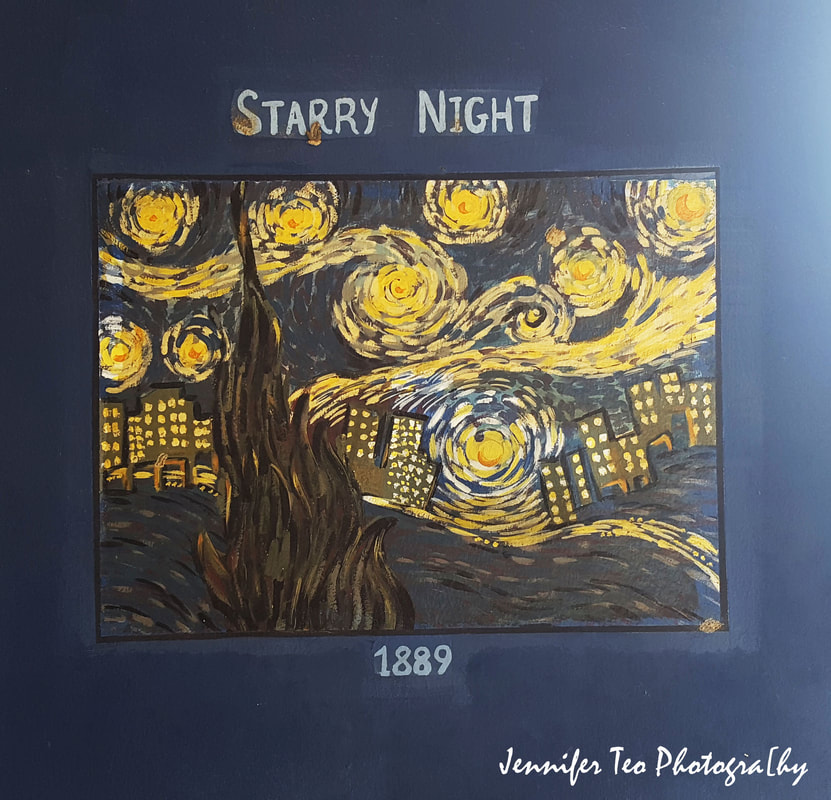
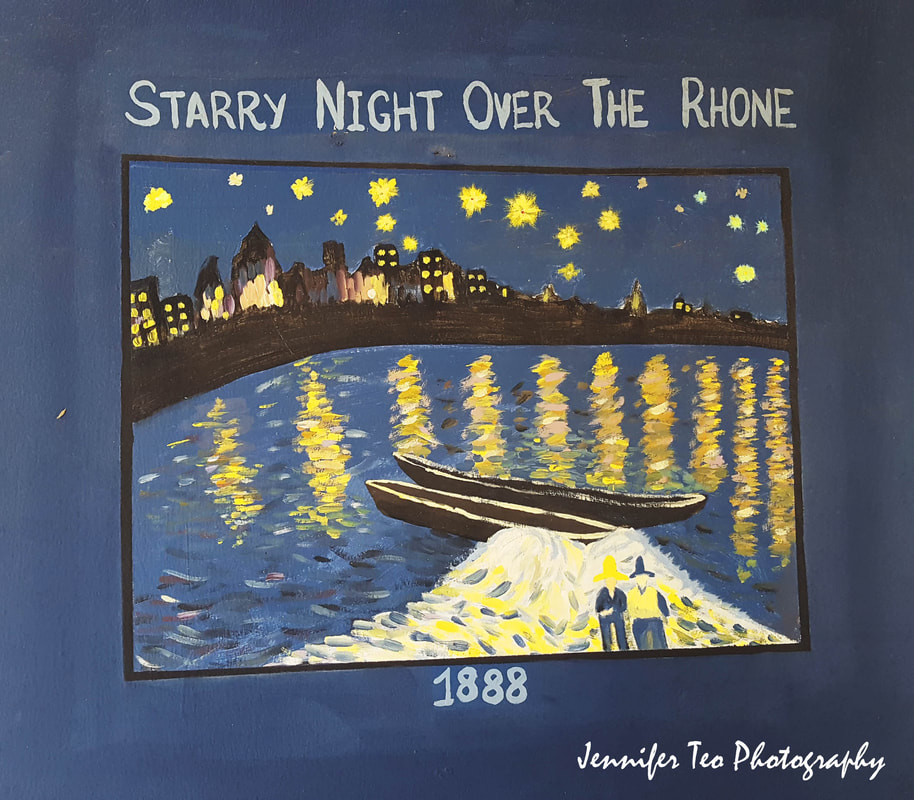
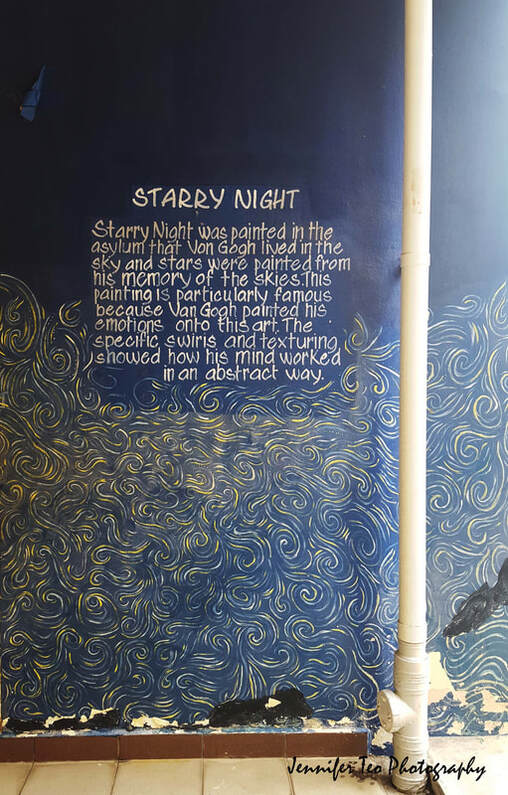
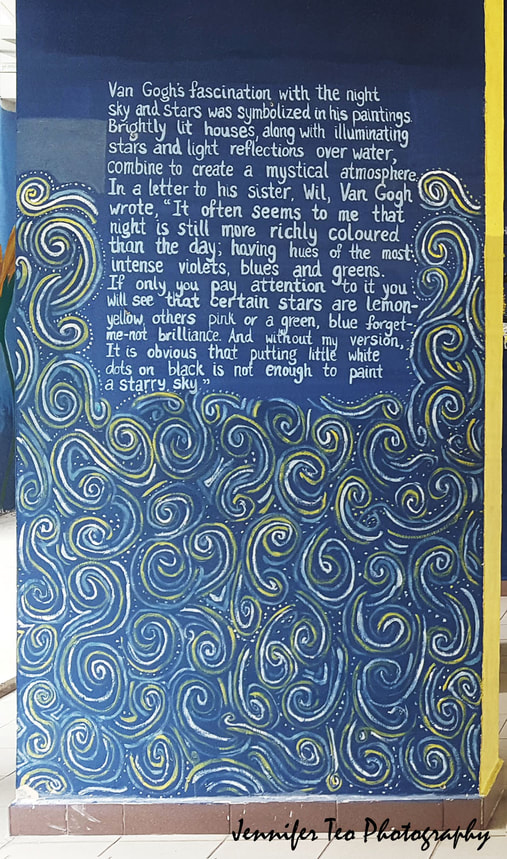
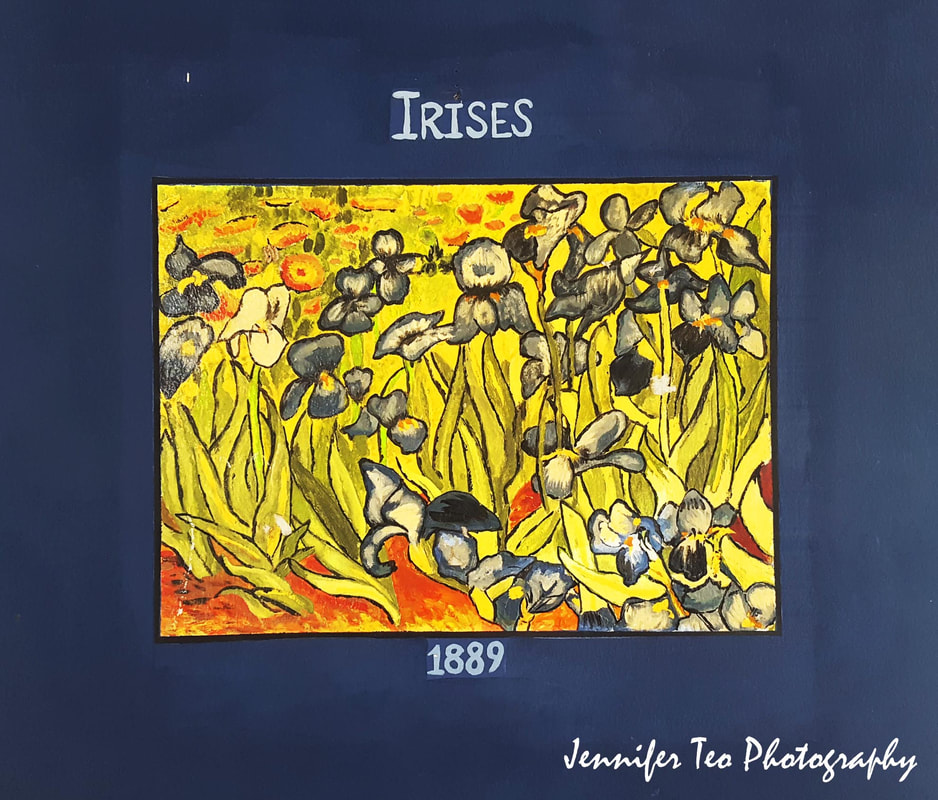
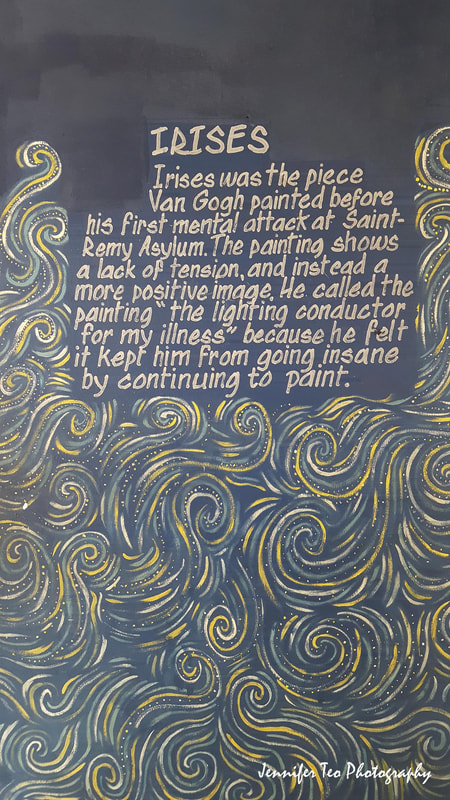
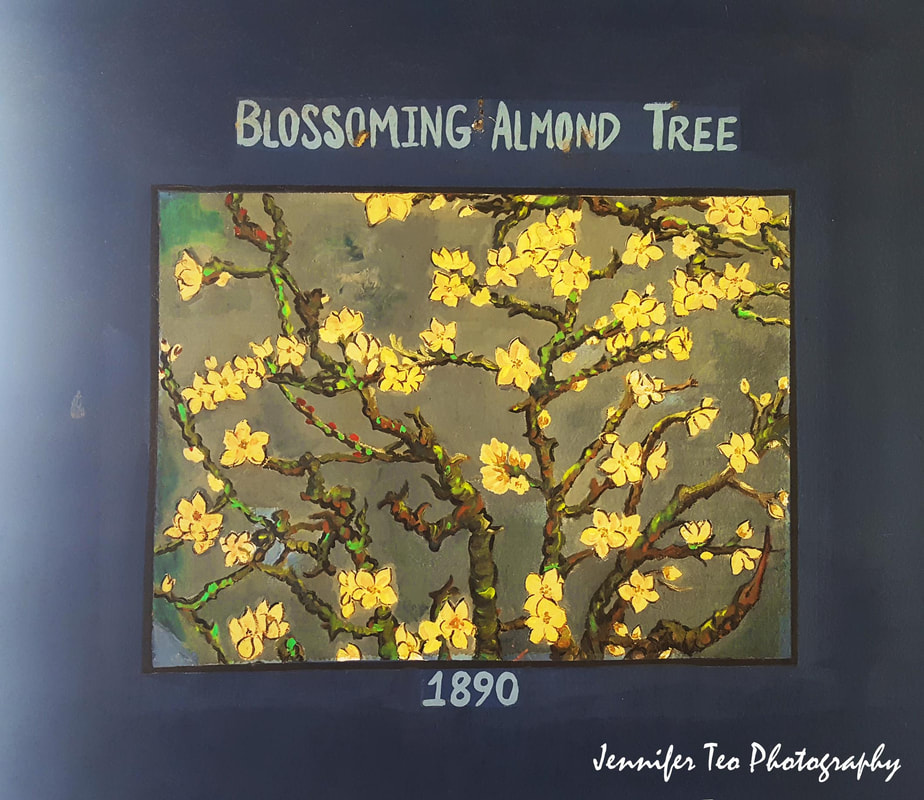
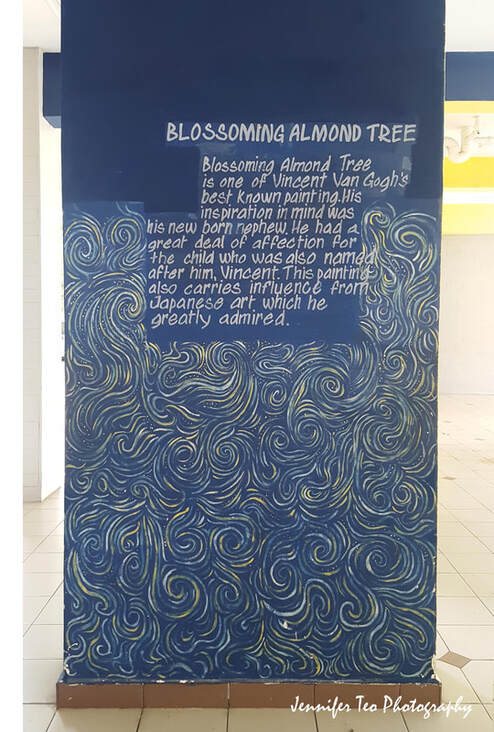
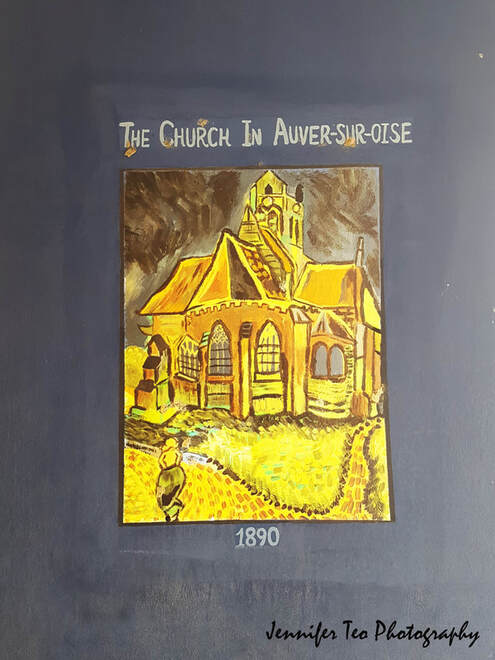
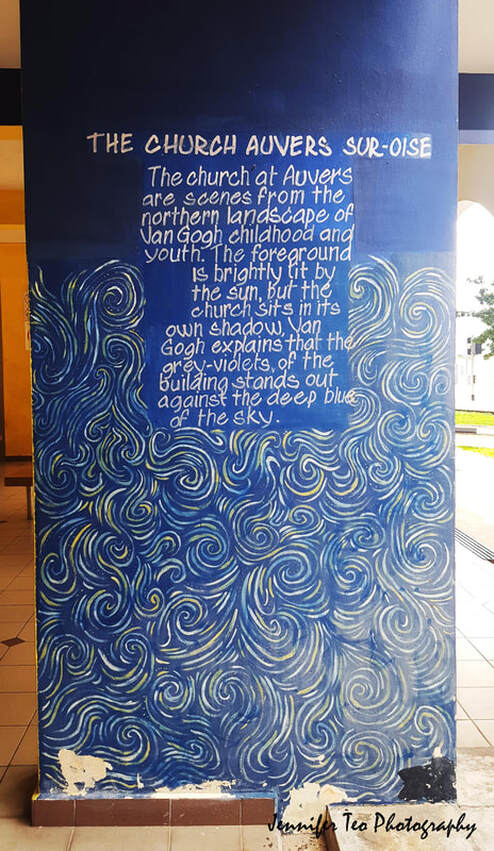
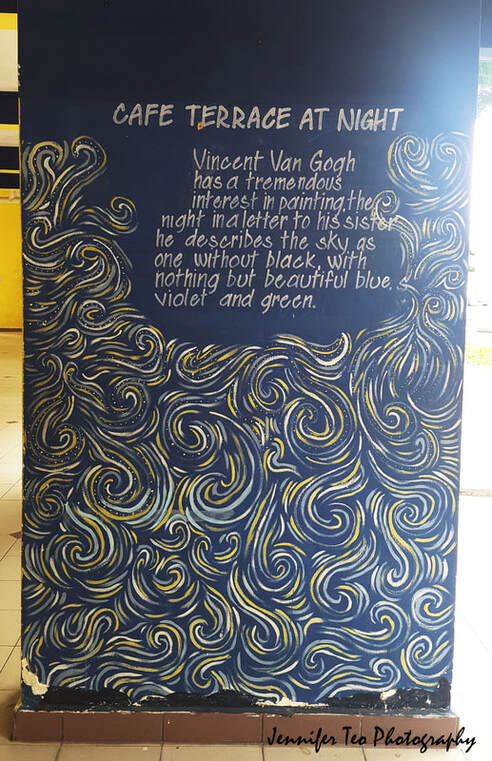
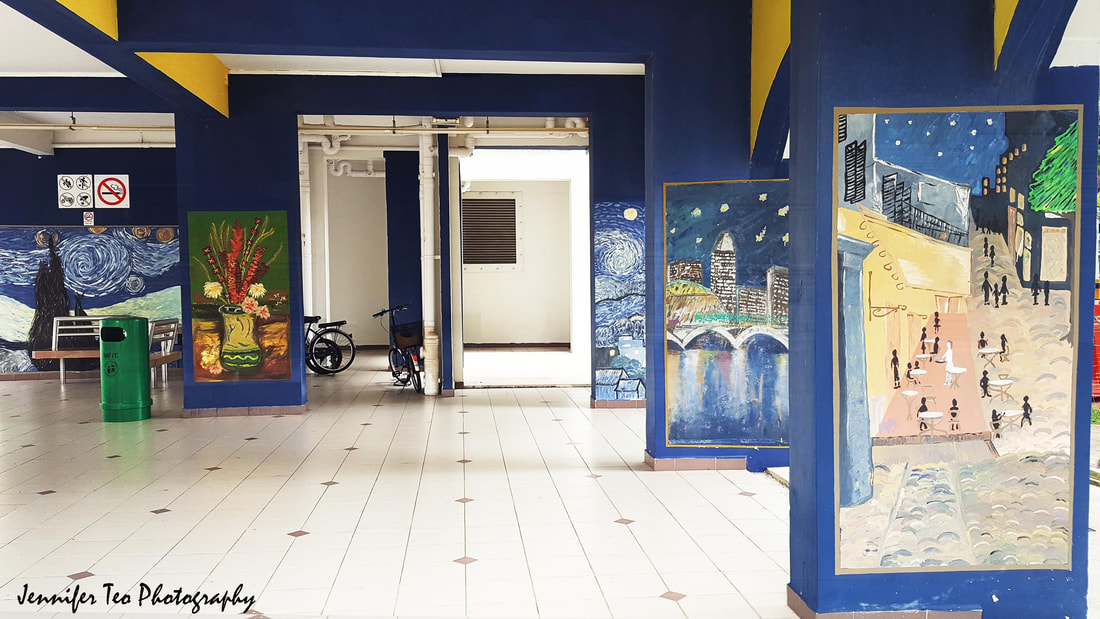
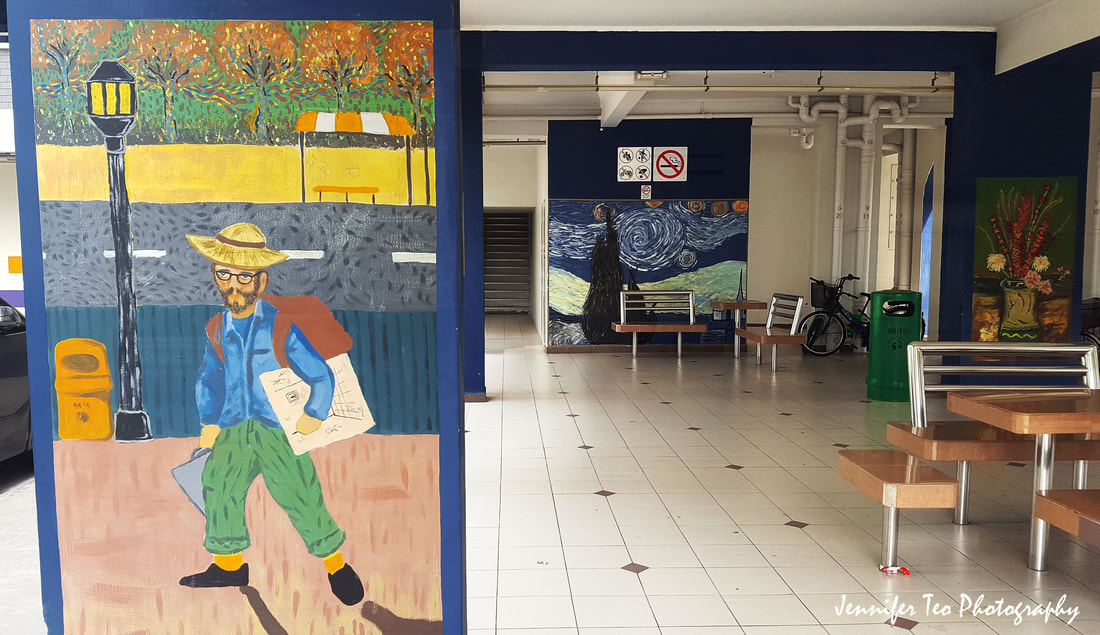
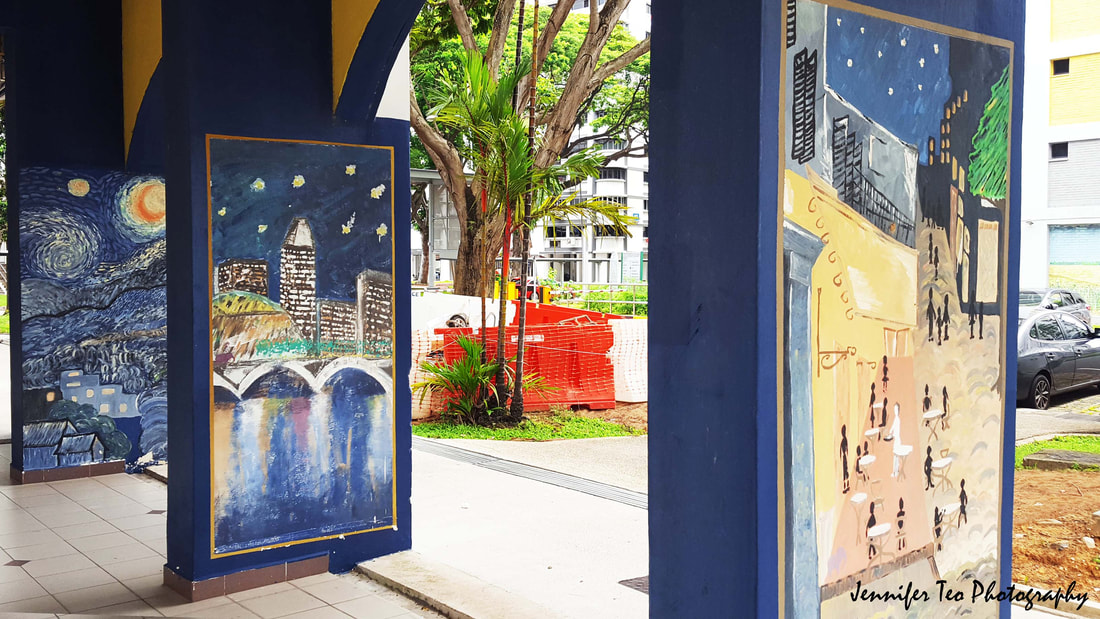
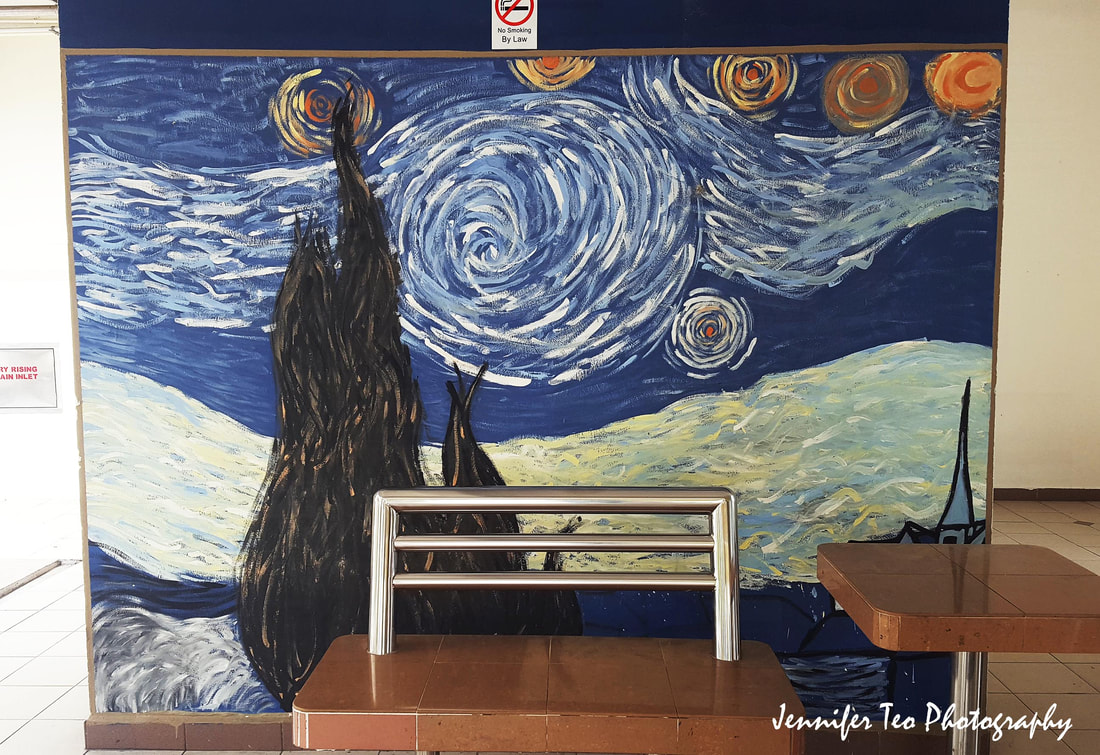
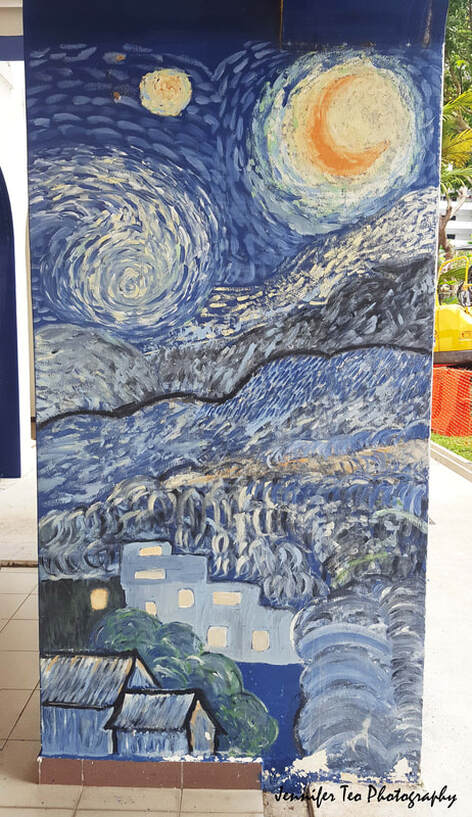
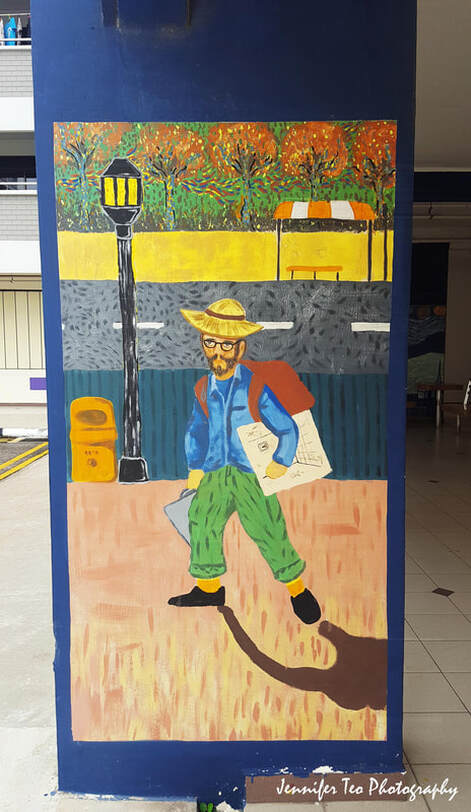
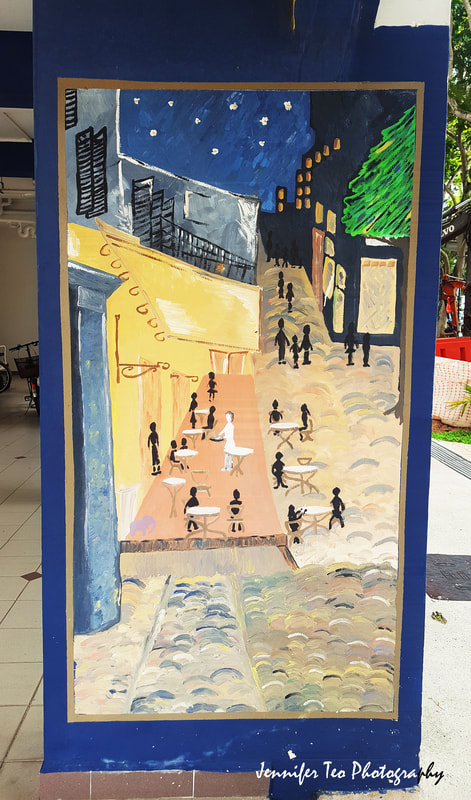
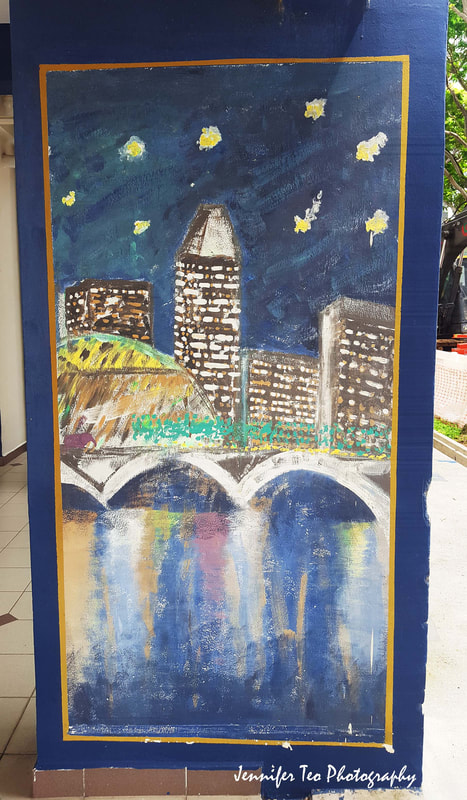
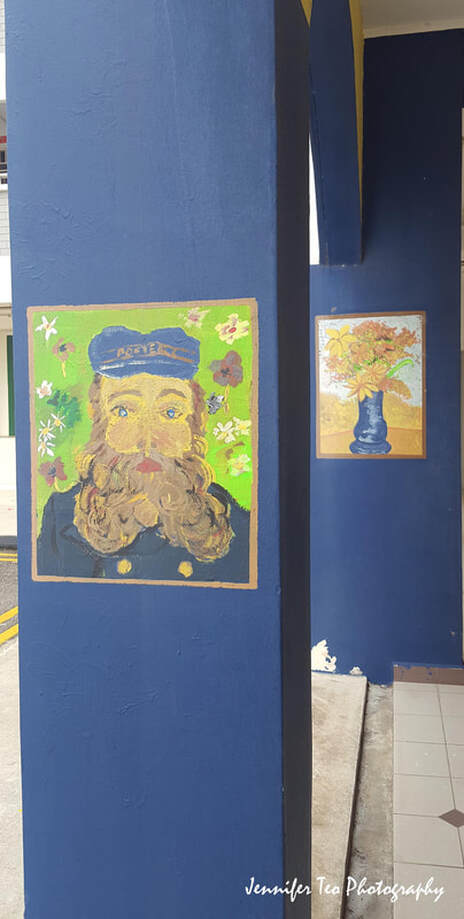
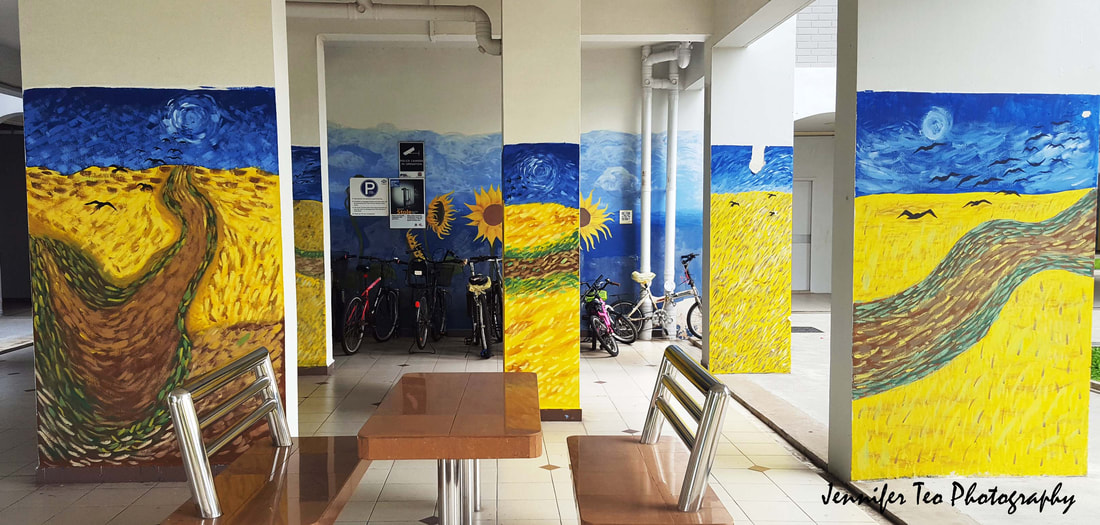
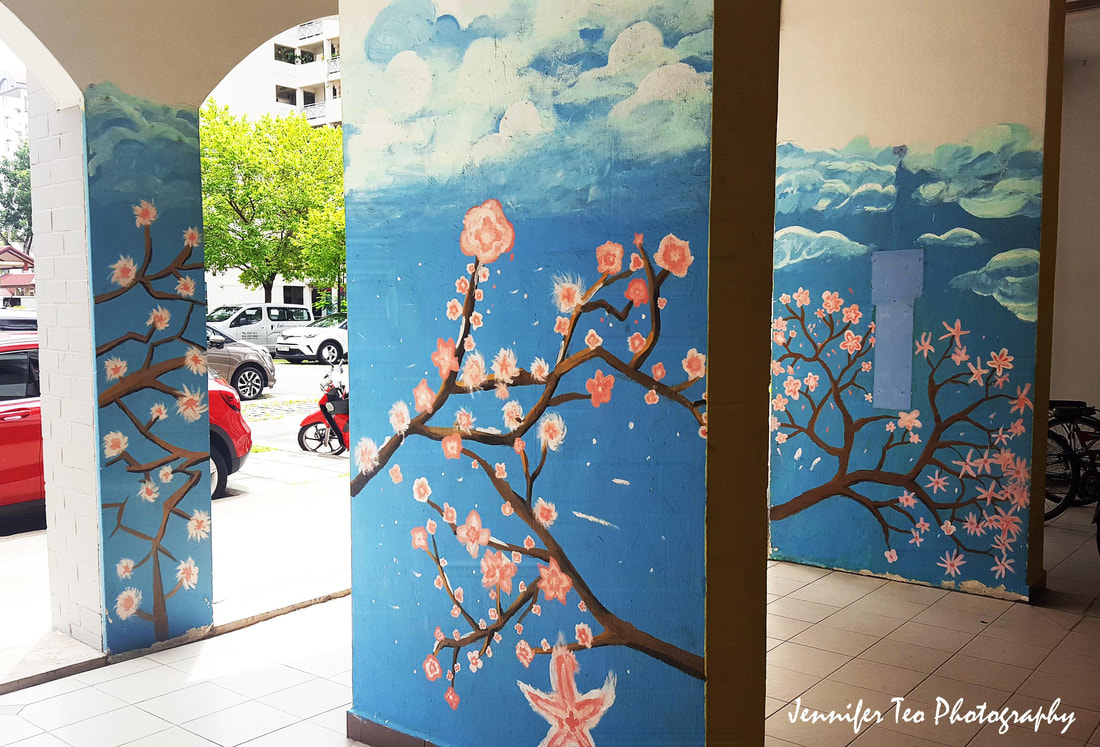
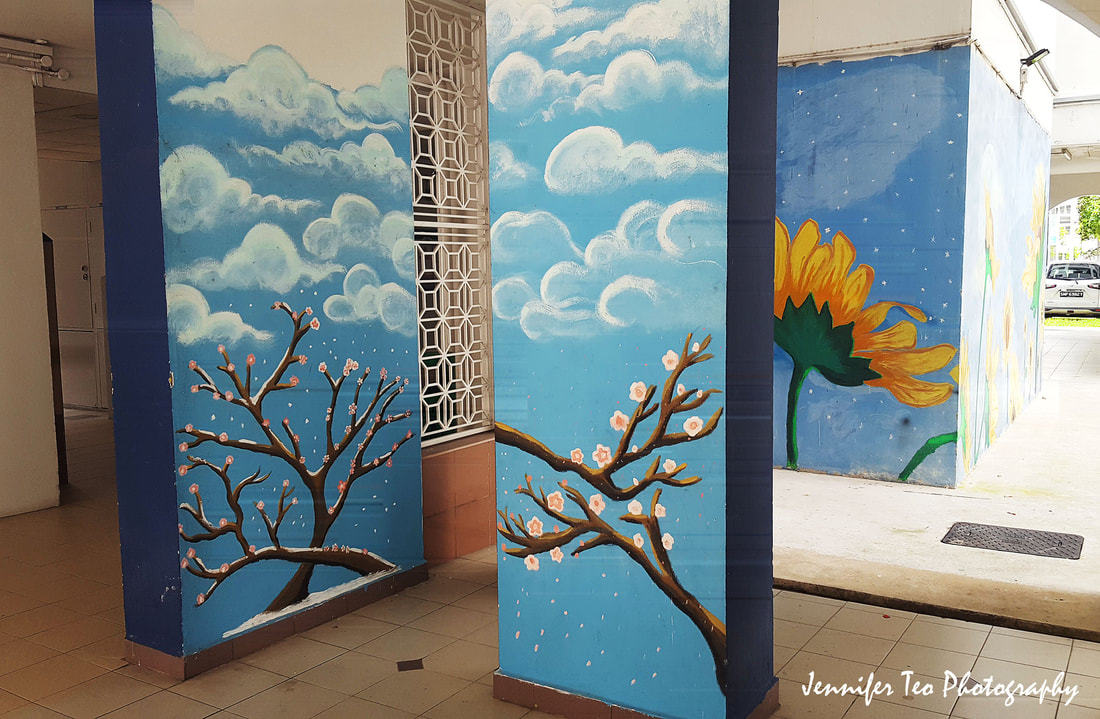
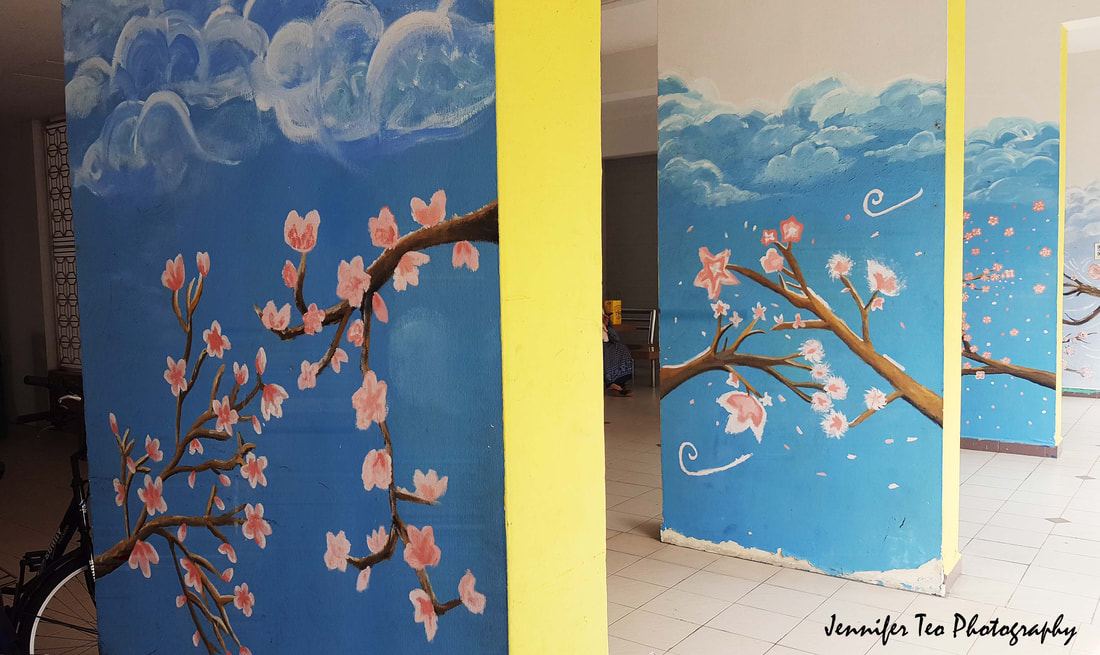
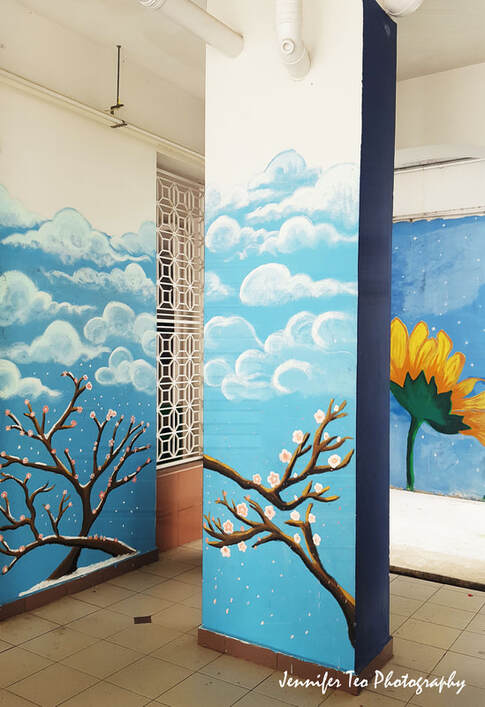
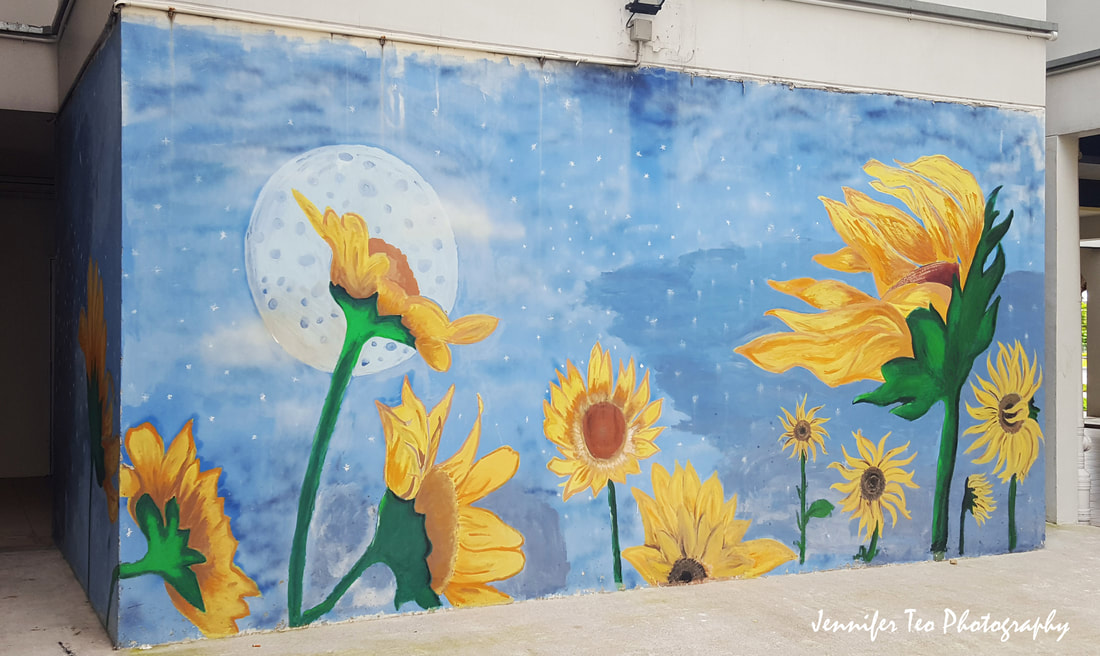
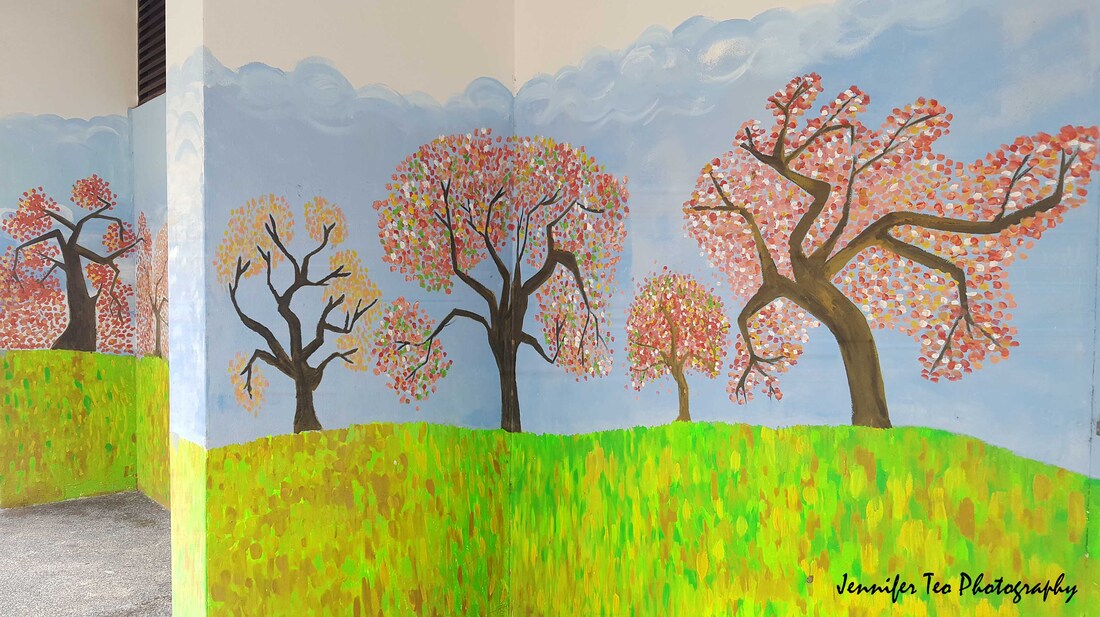
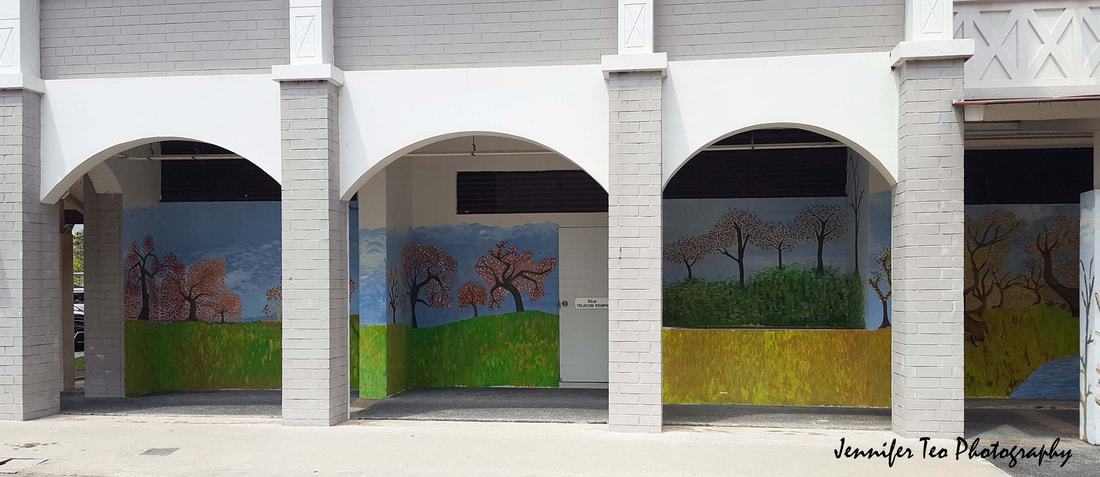
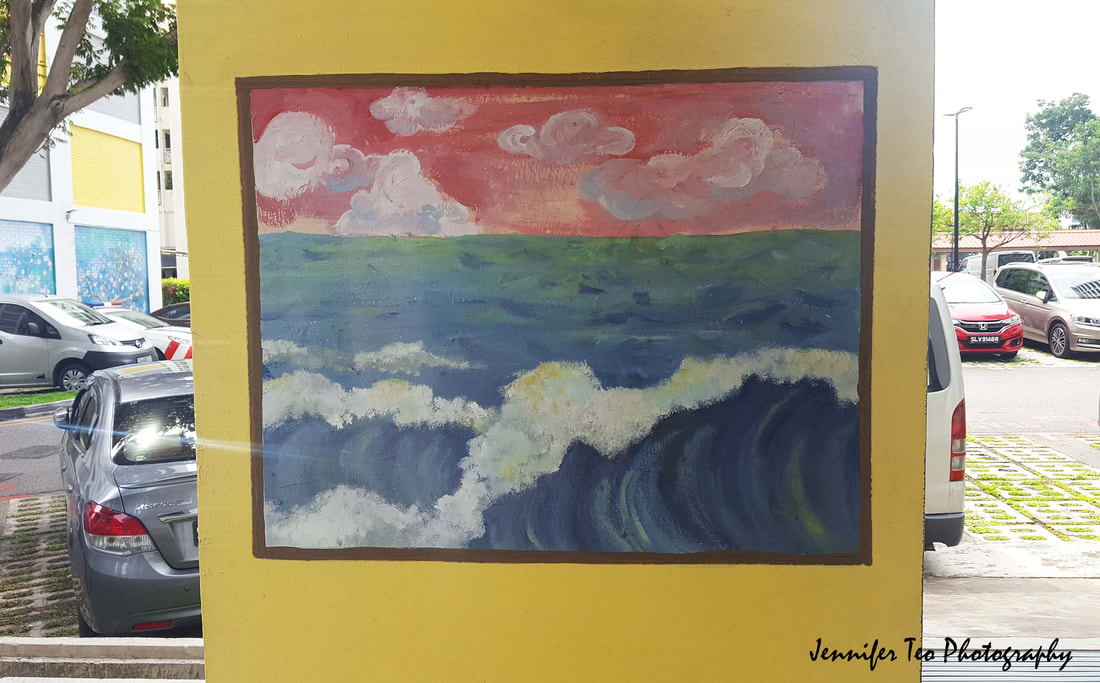
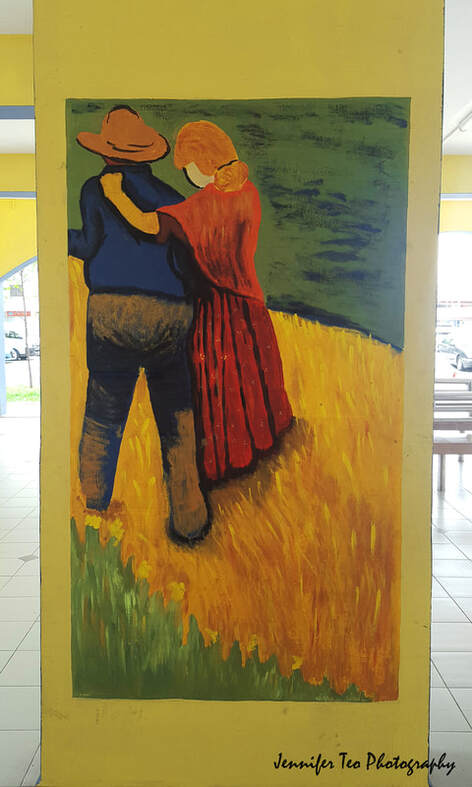
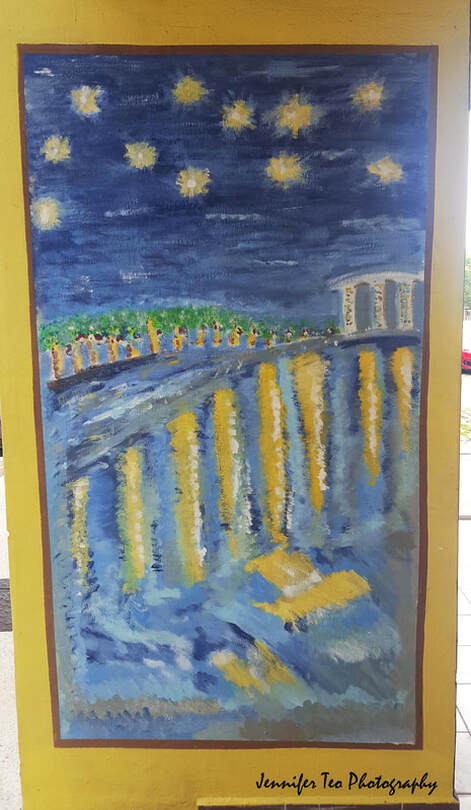
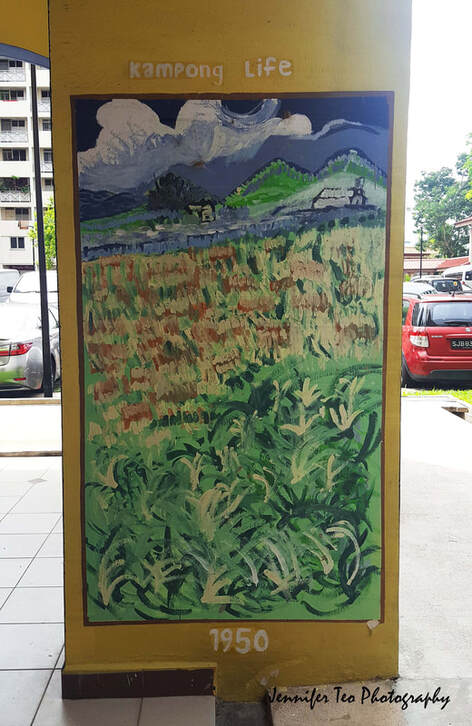
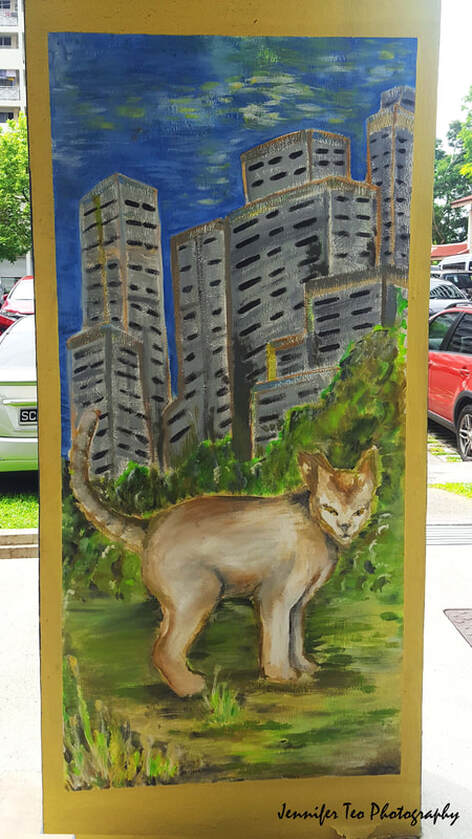
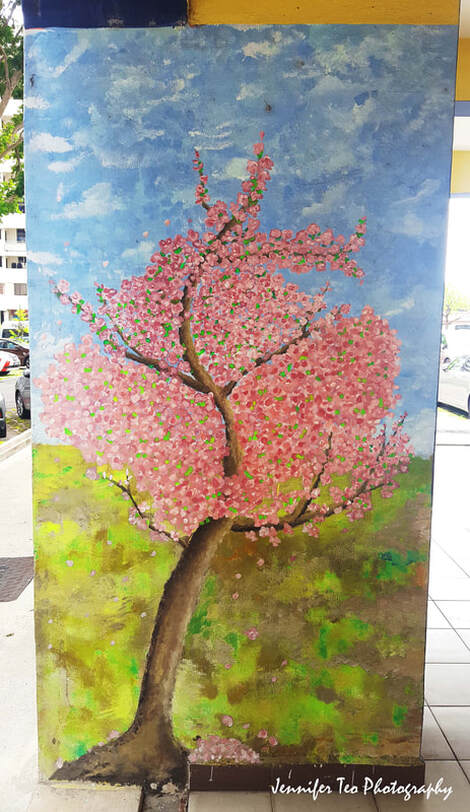
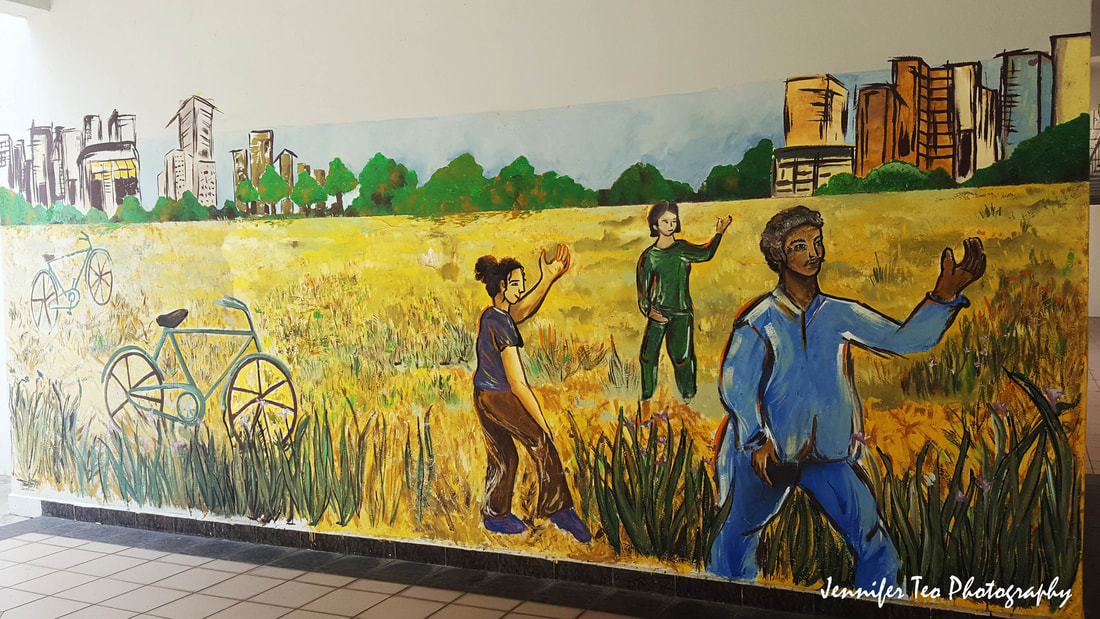
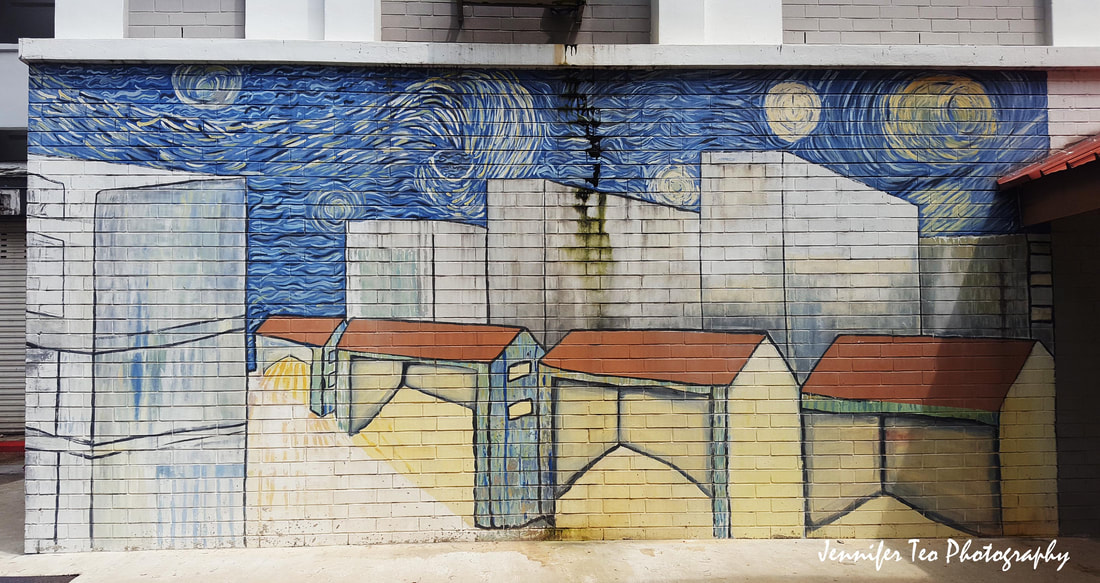
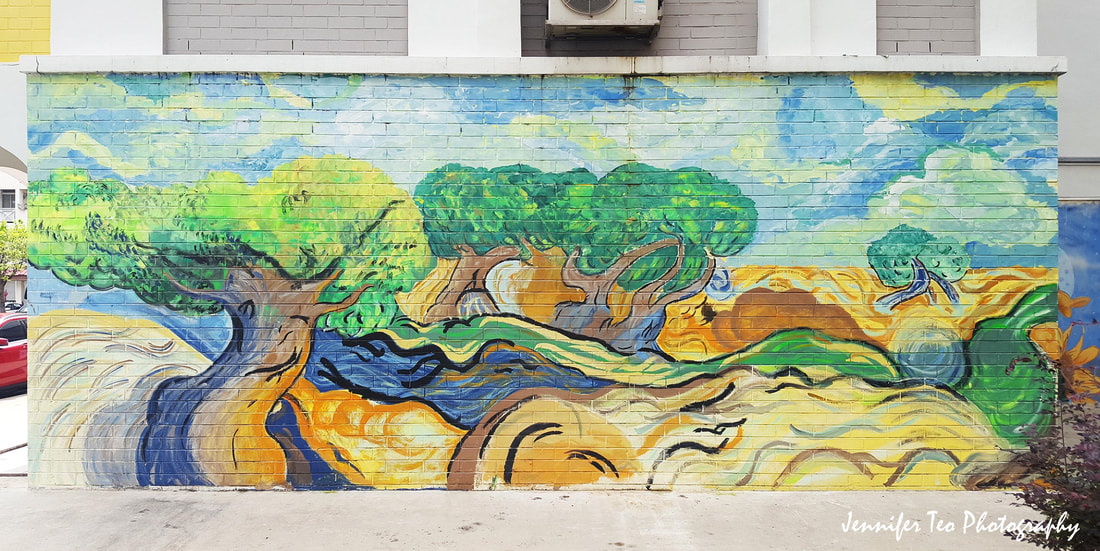
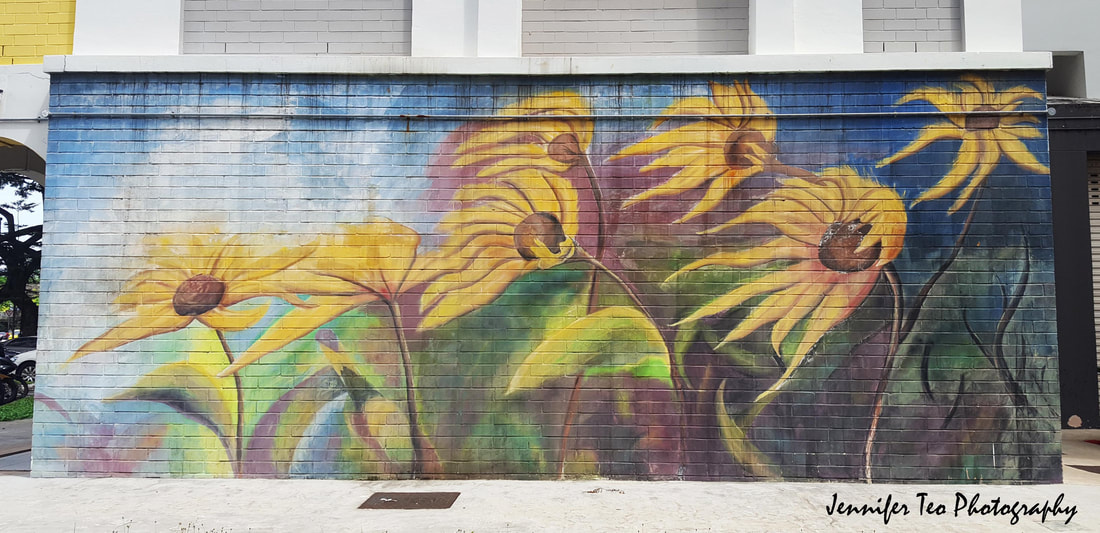
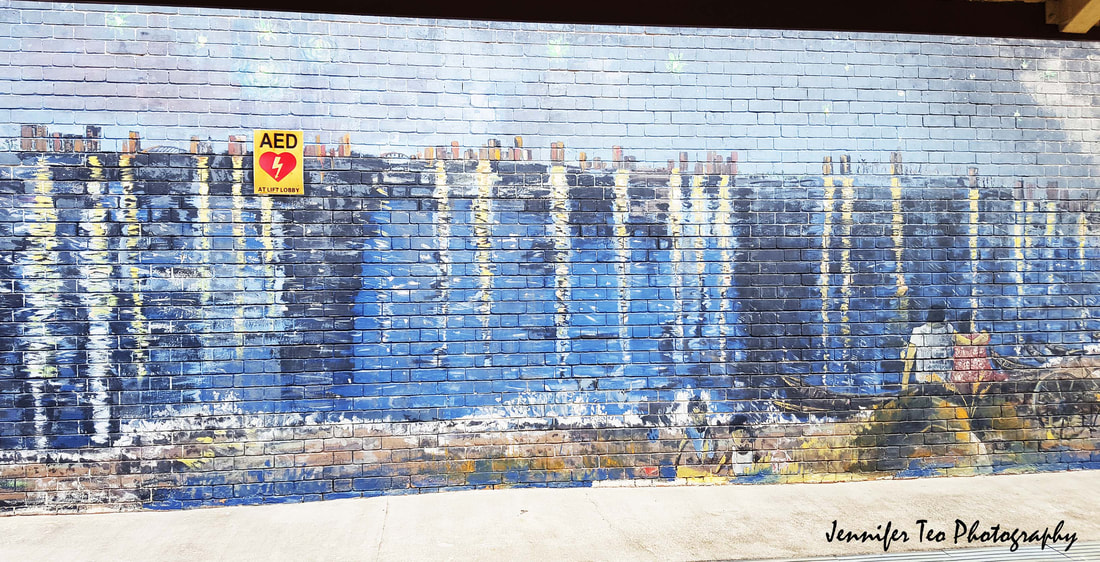
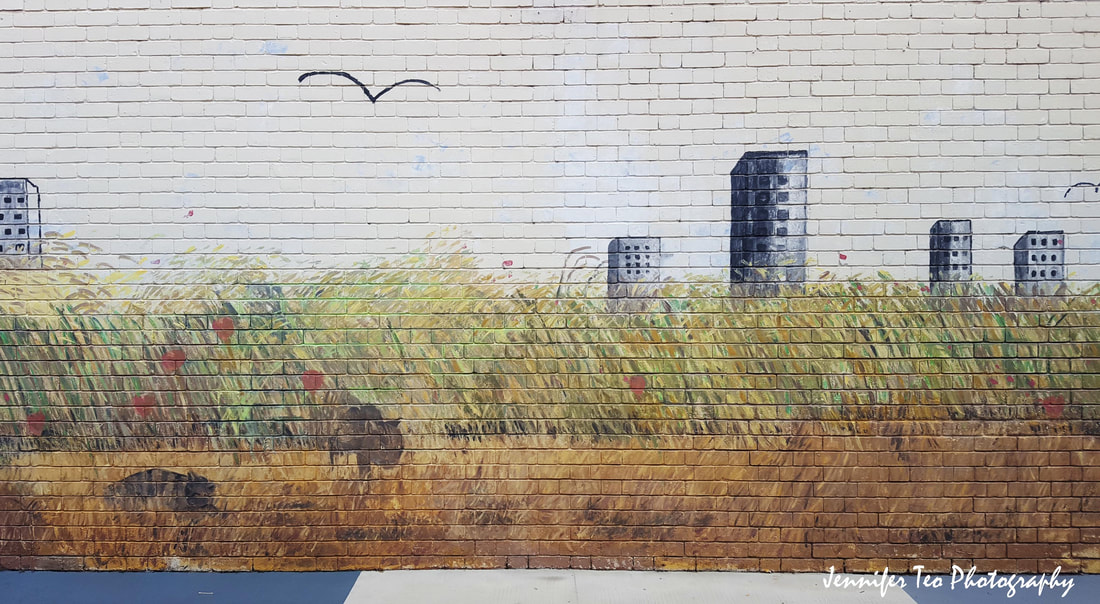
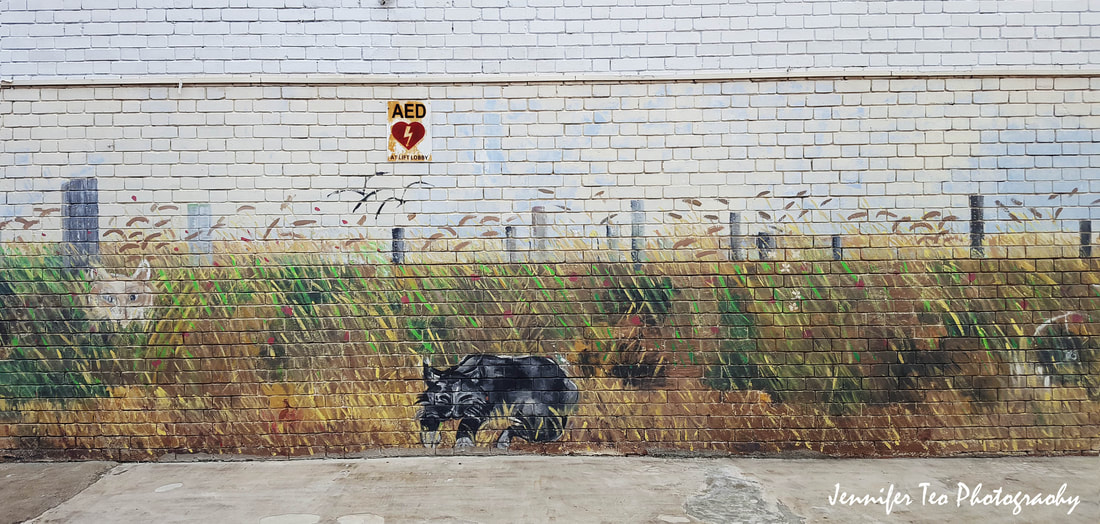
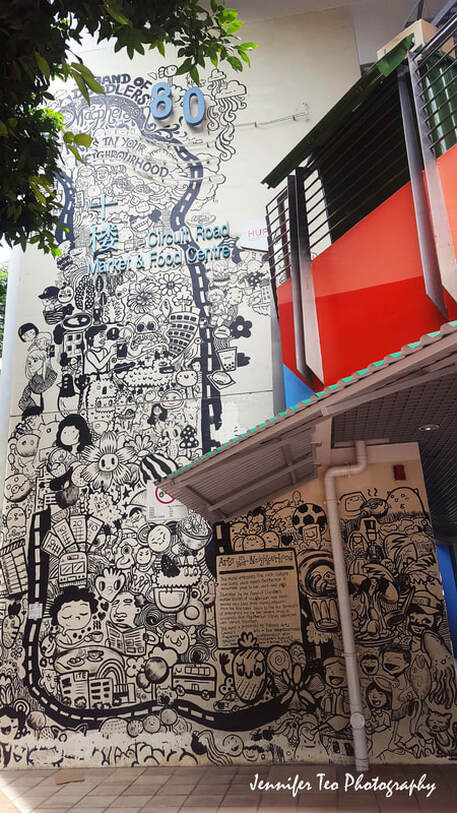
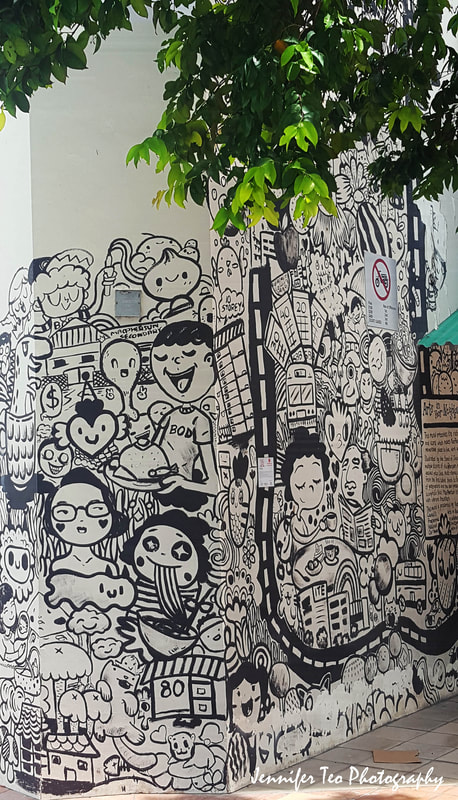
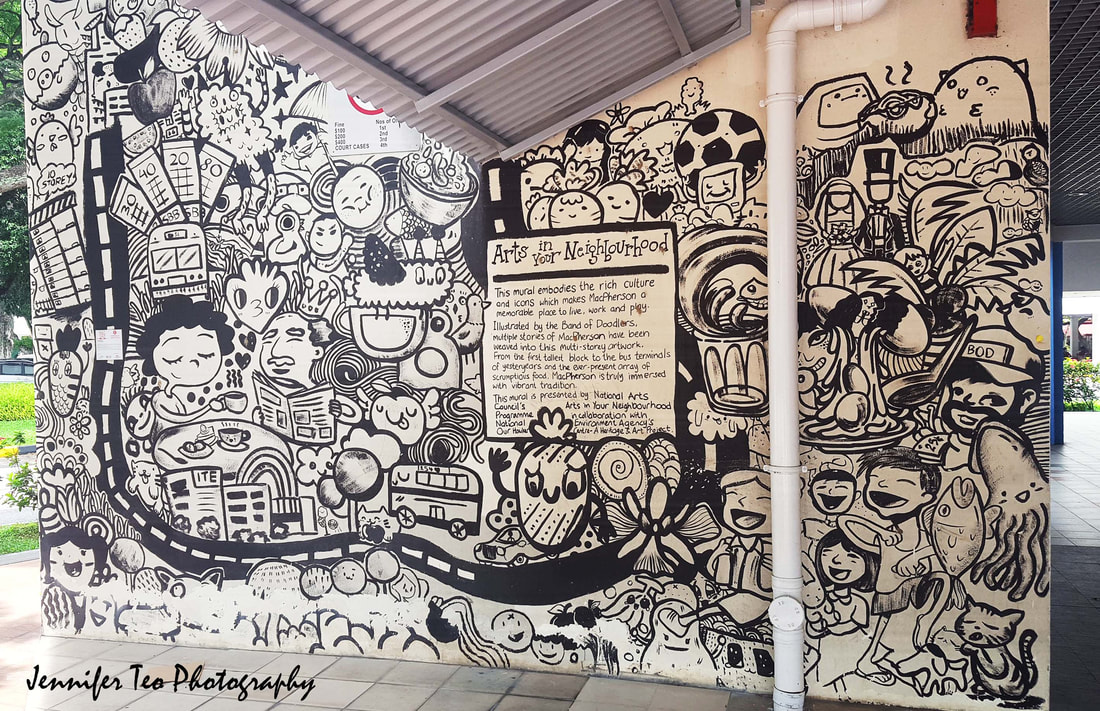
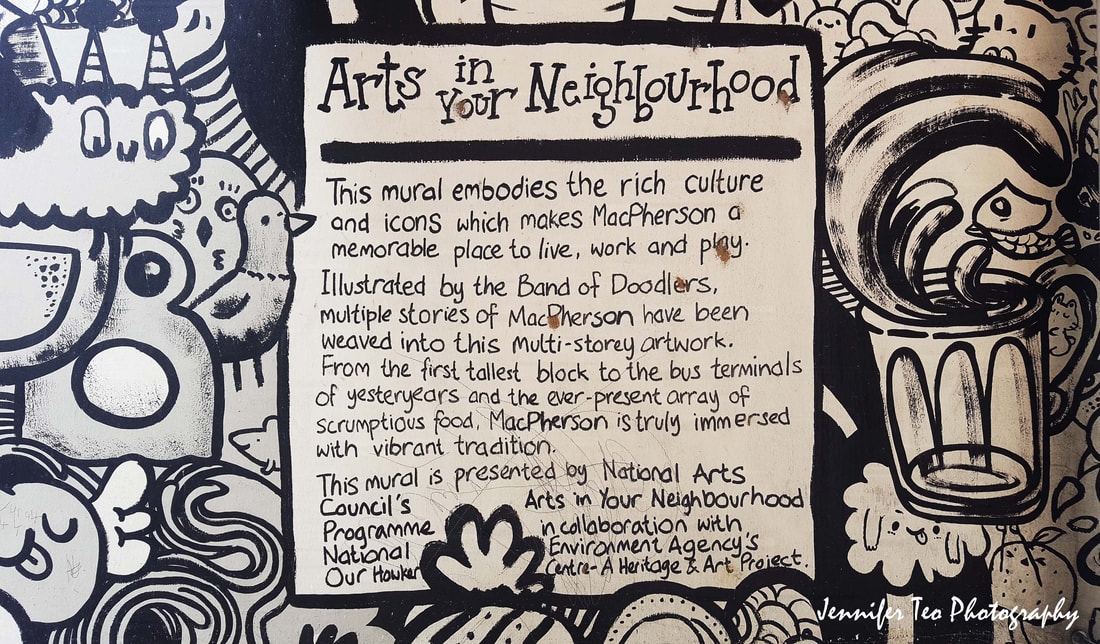
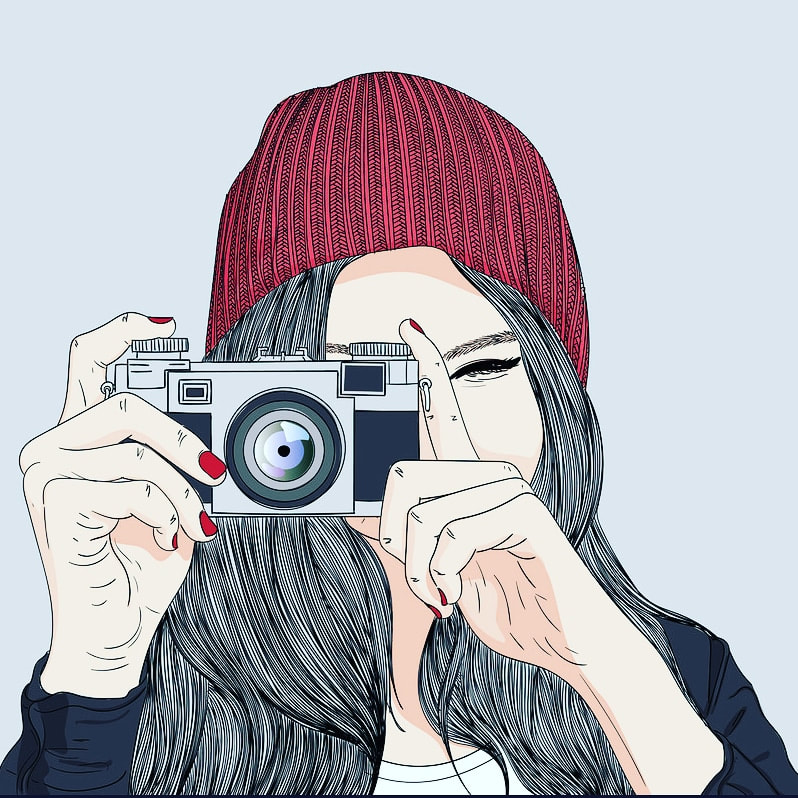
 RSS Feed
RSS Feed






